No film camera has been as eagerly awaited as the new Rollei 35AF in recent years. There is, of course, the big name, and the courage necessary to take such a risk. There are new technical features, and also a very ambitious price tag. After some months with the new camera, I am now able to share my initial experiences here.
First, some history, because a story about the new Rollei 35AF can certainly do with a historical background. The original Rollei 35 is doubtlessly one of the great milestones in the history of the German camera industry. Never before had such a small camera for 35mm film been sold. Developed by Heinz Waaske in 1962, it met with little interest from his employer at the time, Wirgin, a camera manufacturer in Wiesbaden that was about to be shut down.
Leitz declined — and missed out on a global success
Legend has it that Waaske subsequently went to Kodak and also to Leitz in Wetzlar, where he was also rebuffed. It is difficult to imagine what would have happened had Leitz taken the bait, which could have led to a global success.
Rollei then seized the opportunity in Braunschweig, hired Waaske without knowing about his development, and secured what was to become the greatest success in the company’s unsteady history. The camera was launched in 1966. It was discontinued after around 30 years of production, when much more modern point-and-shoot cameras had long been on the market.
At times, there were probably only a few households with real photography enthusiasts in Germany that did not (also) have a Rollei 35 at home.
This little camera also plays a role in my family history — you can read more about it here. Rollei made about two million units — initially in Germany with an f/3.5 lens from Zeiss (a Tessar) and later in Singapore. This was optionally supplied with a Zeiss-licensed Sonnar with f/2.8 aperture, which Rollei produced itself.
Slimmed-down and pimped-up versions followed. One of Rollei’s successor companies even launched a final special series in 1996. However, this is over for good. The new Rollei 35AF is an entirely new development.
A small camera full of innovation
Many things about the original Rollei 35 were revolutionary. The 40-millimetre focal length, for example (which had a positive effect on the depth of field, a welcome effect if you didn’t have a rangefinder), the special shutter in the retractable lens or the product form factor, which can be considered a masterpiece of consumer goods design.
Much of this was down to the small size of the camera; the reference size at the time was a packet of cigarettes. Here is a well-made manual for the original Rollei 35 (easy to translate if needed).
Rollei also maintained high standards of workmanship both in Germany and at the factory in Singapore. To this day, many of these Rollei 35s, dearly loved, are still in service in the hands of (literally) amateurs. Will a Rollei 35AF from 2024 still be usable in 2074?
Big shoes to walk in for Rollei. It is now essentially a trading company, which has manufactured a range of photographic accessories from tripods to (quite decent) studio lighting systems and film scanners. It then sells them under the old and still prestigious brand name.
For this reason alone, the announcement of a modernised new edition of the Rollei 35 attracted attention. Under the name Rollei 35AF, it was to combine old virtues with modern technology, such as lidar-based autofocus and automatic exposure control.
The Rollei 35AF comes in an impressive silver box
And what can users expect today when they buy a Rollei 35AF? At first sight, a shiny silver box in which the camera lies beautifully. The first thing that strikes you when you take the camera out of the box is its low weight: 284 grams including battery and film, compared with 380 grams for the original Rollei 35S.
Many design elements look familiar, such as the two control dials at the front (aperture on the usual side, correction values and exposure time on the other). The viewfinder and film winding mechanism are in the familiar places, the rewind crank is still at the bottom. Compared to its predecessor, the camera is noticeably larger, and the lens (now a five-element 2.8/35) is fixed. You can no longer retract it.
In terms of handling in the narrower sense, inserting the film is a fiddly job, nothing has really changed since the forefathers of this camera. The user still pulls the entire back of the new Rollei 35AF downwards. It only goes back on after some jiggling back and forth. And the rear plate presses the film on so tightly that transport and especially rewinding is almost a small act of violence.
The Rollei 35AF is largely self-explanatory
Apart from that, everything is simple and intuitive. A (not very precise) illuminated frame line marks the image boundaries and the AF point. The few setting options are pretty self-explanatory. The counter is one of the display options on a tiny OLED display, that you activate when you press down the shutter release button. Two LEDs next to the eyepiece indicate focus and flash readiness.
All in all, the designers have done good job. If you want to read more on it, here is the complete operating manual.
However, the initial feeling that everything is rather flimsy (not to say cheap) was confirmed twice. After the second film, I came across a piece of plastic when removing the rear panel, which is probably supposed to hold the film cartridge in place. The glue had come loose.
I took a photo, sent it to Rollei and promptly received a replacement camera. Alternatively, they offered a refund. Great customer service! Incidentally, I have also experienced this great customer service elsewhere with Rollei, which I would like to emphasise here.
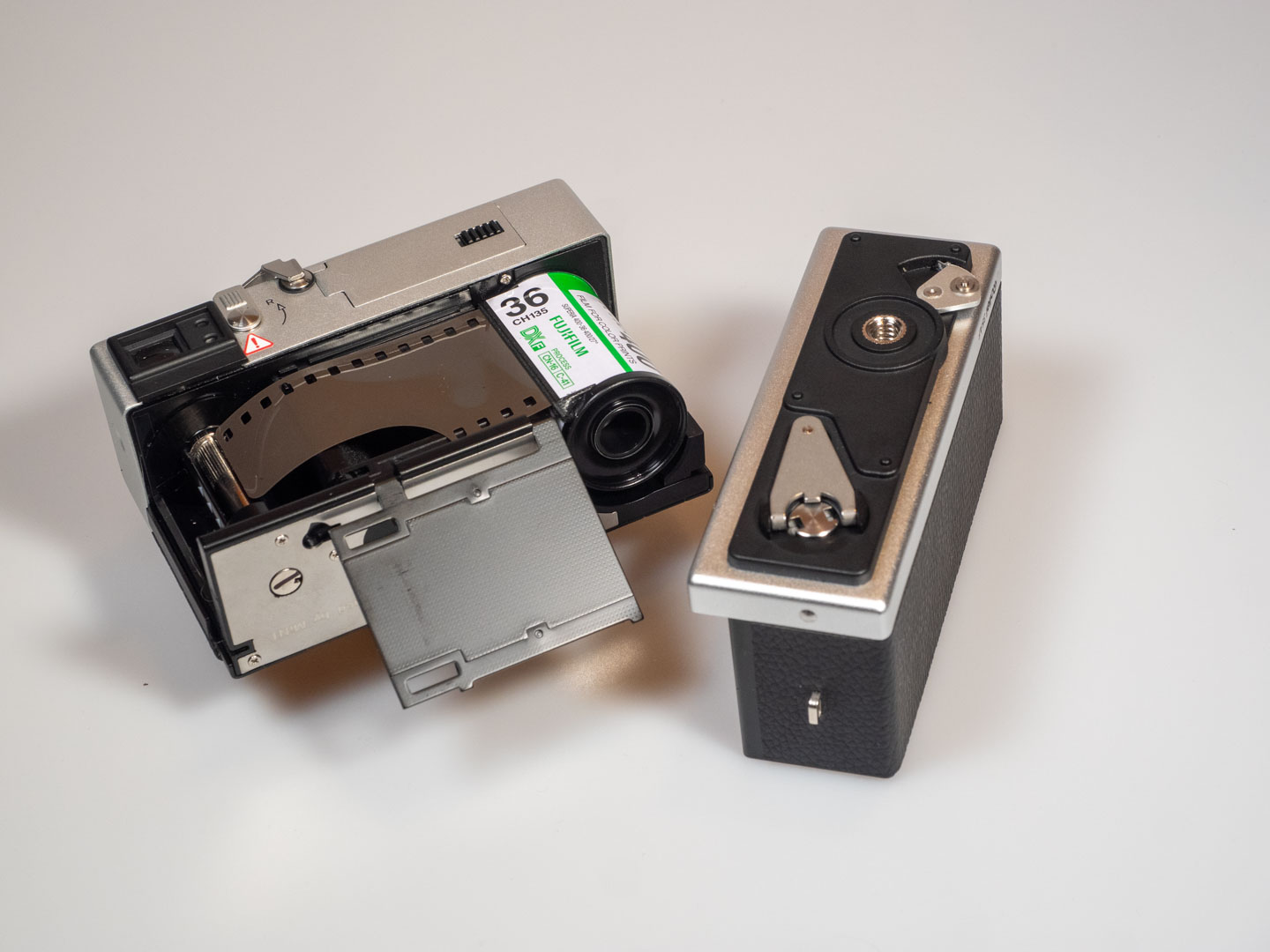
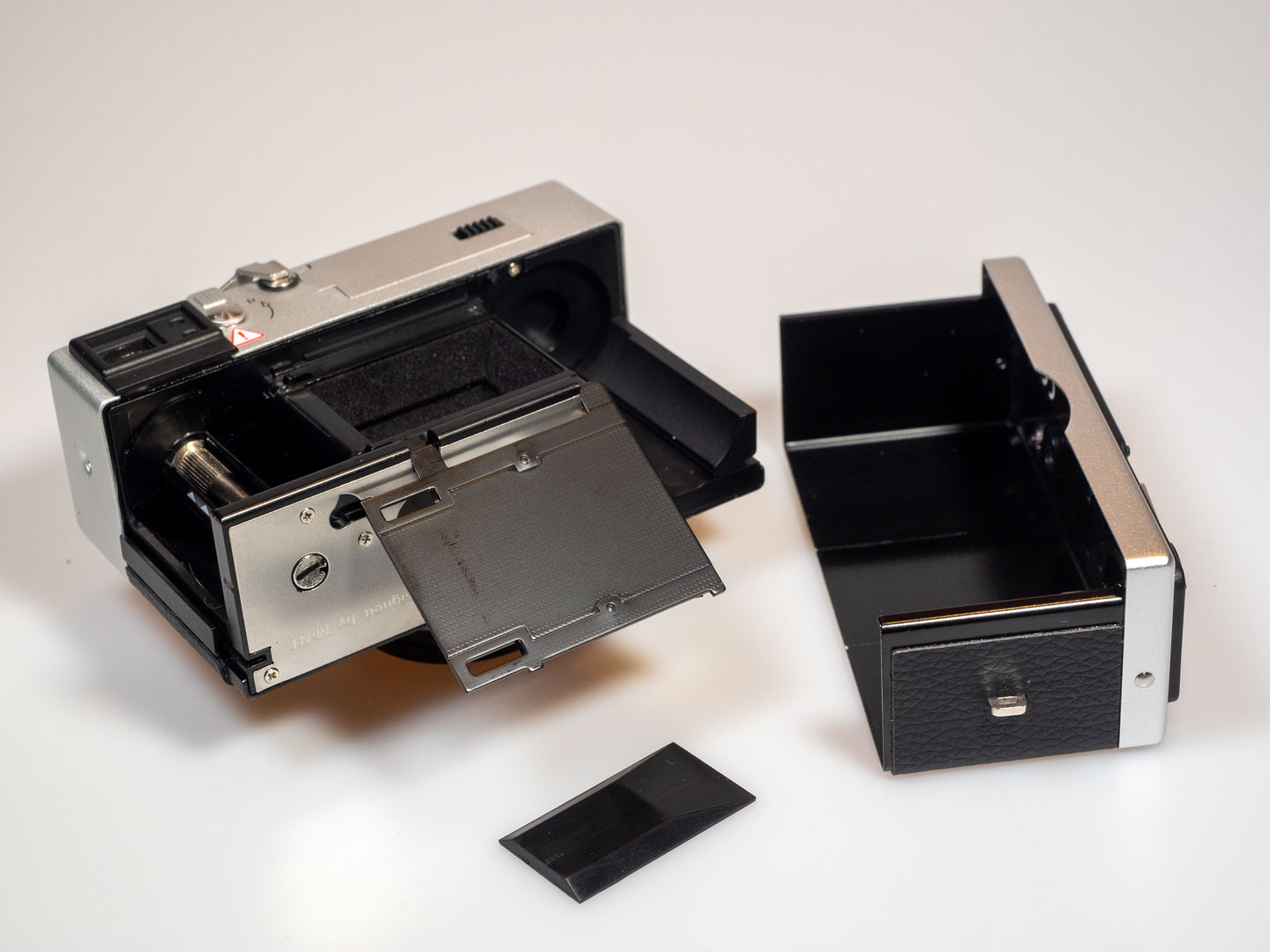
The second Rollei 35AF also fails
After the fourth film in total, the button on the rewind crank of the second Rollei 35AF in my hands failed and broke. I was then able to save the FP4 with my fingers and a screwdriver (which is also very helpful for opening the battery compartment door), but obviously wrote to Rollei again. Hey, we’re not talking about a toy from a chewing gum machine here, but about a camera with a recommended price of €849 – which I had paid for in full. Too bad at this point.
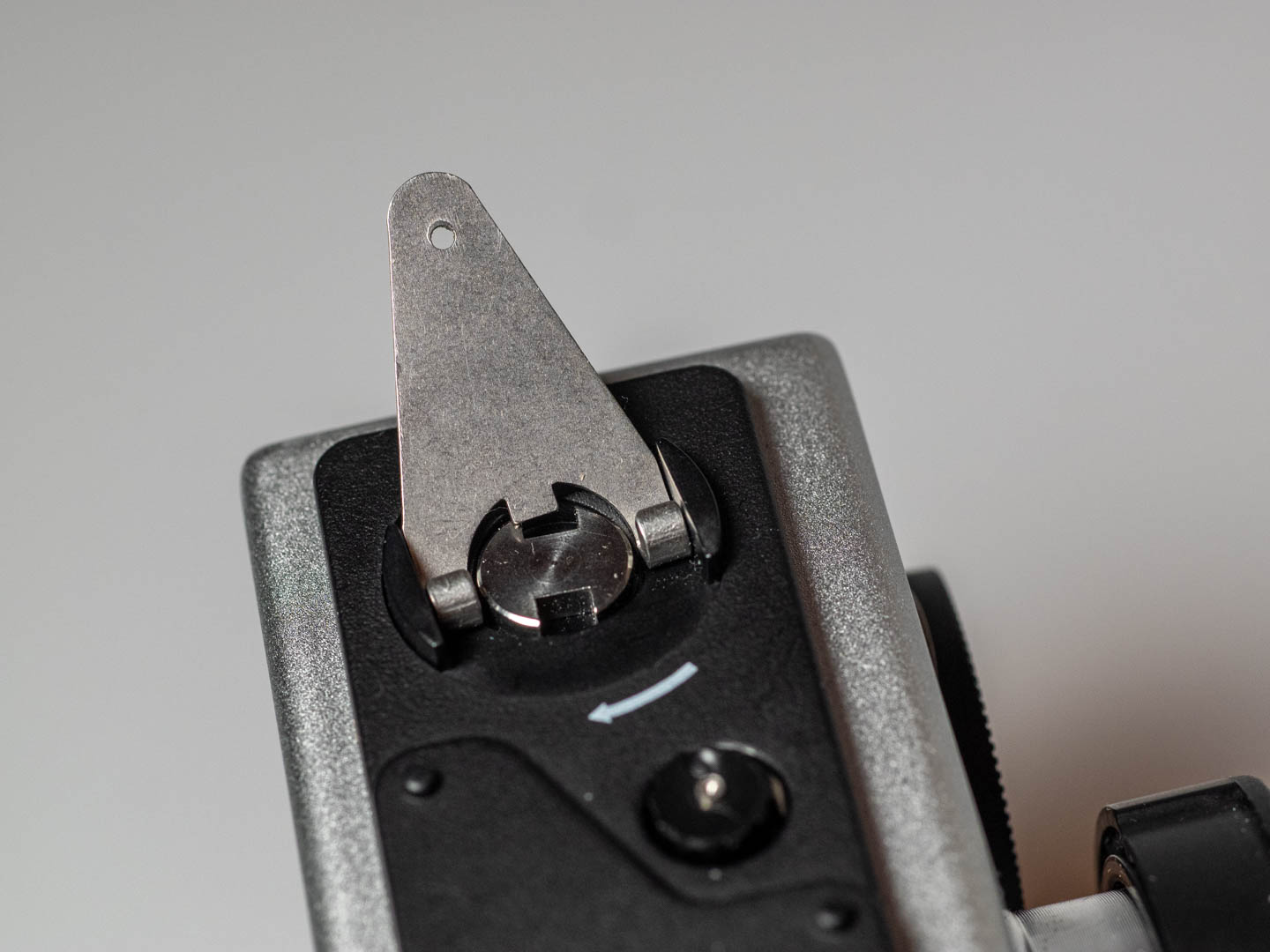
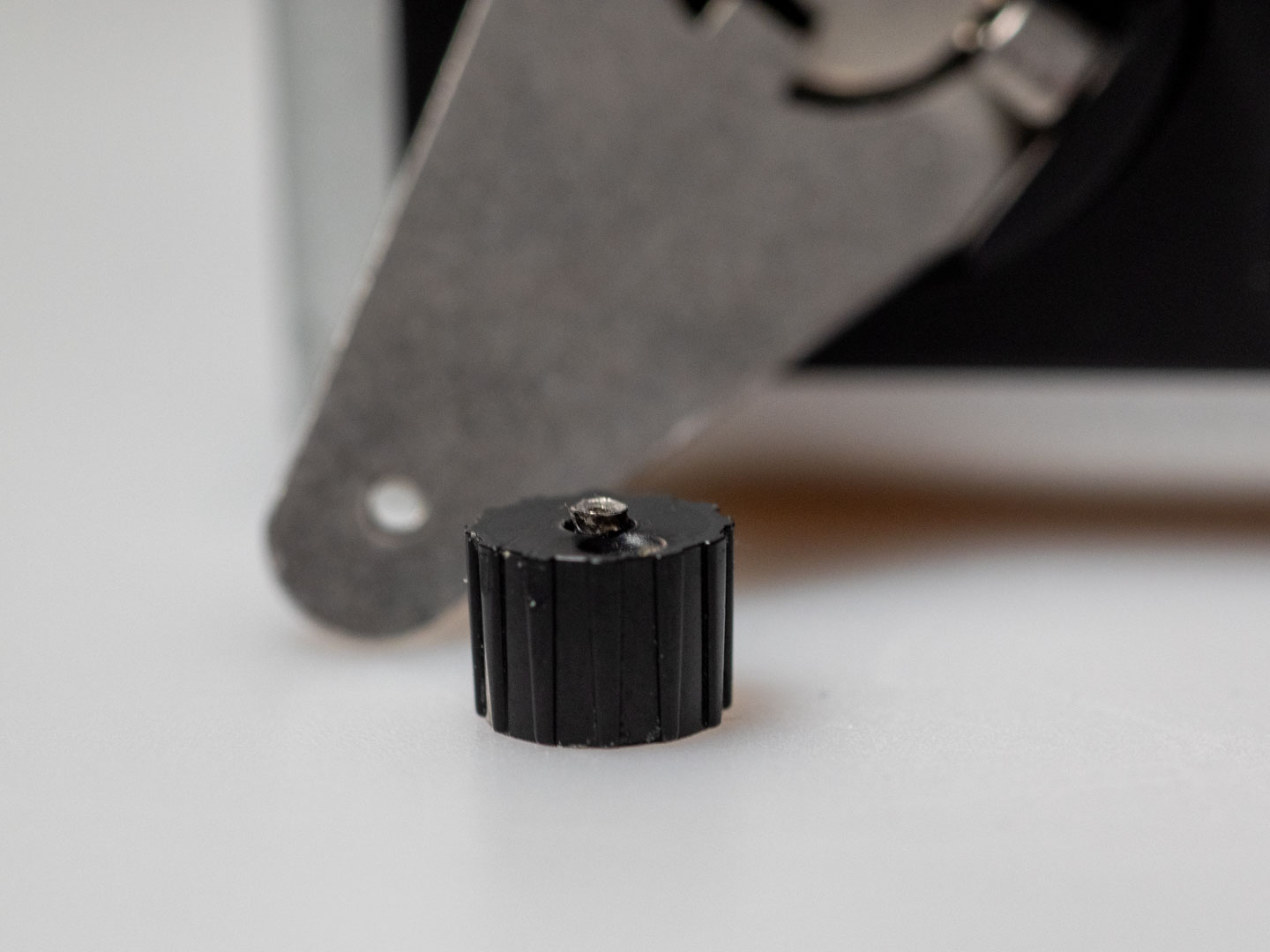
The pictures from the Rollei 35AF? Good!
And how are the pictures? Generally great! I had various film material in the camera for testing, and the limiting factor with the lens was clearly the grain. This is an impressive achievement, and if there is ever an improved version of the camera, I sincerely hope that they don’t do anything to the optics. The 35mm also holds up well in scattered and backlighting, and the sharpness is still good at the edges.
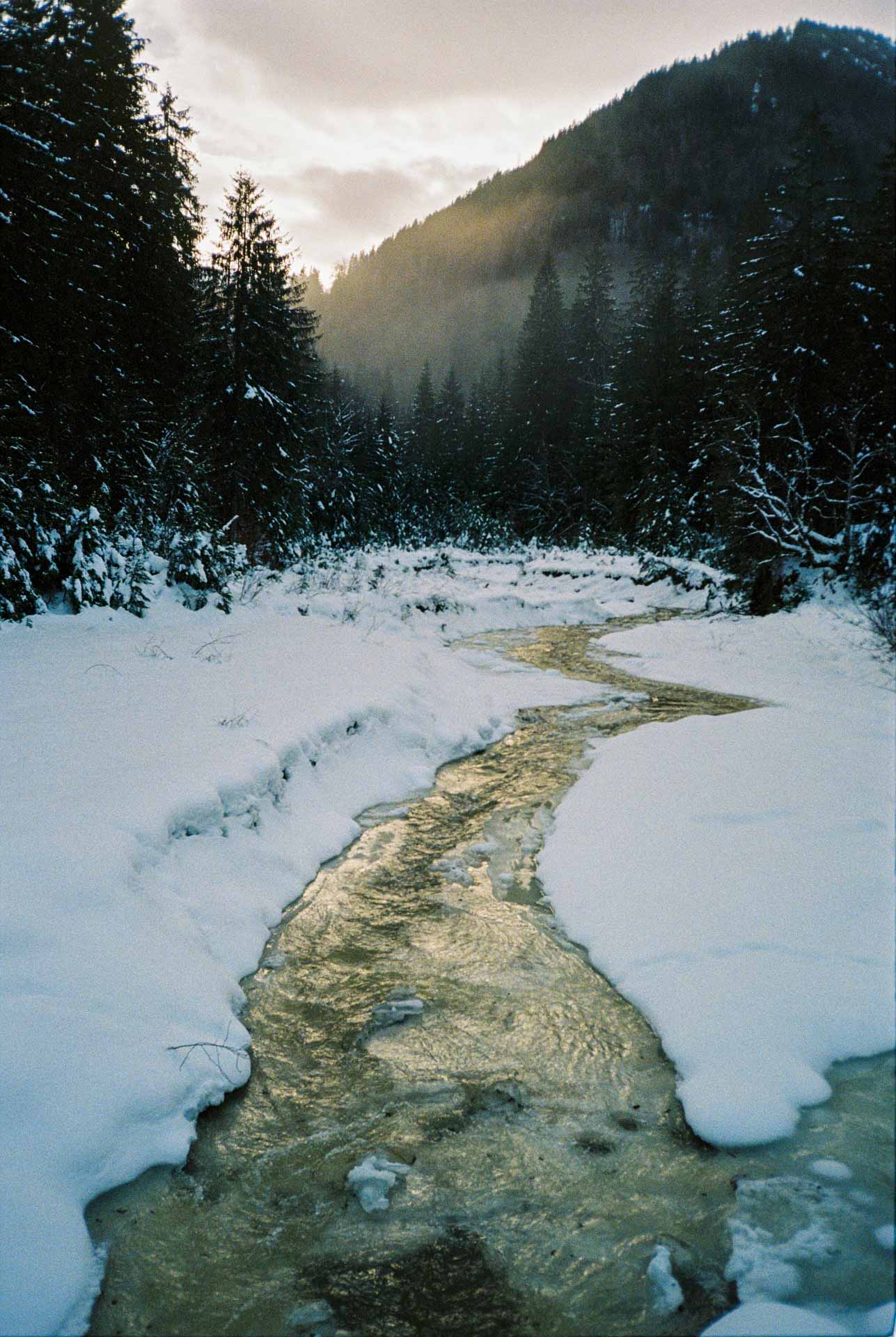
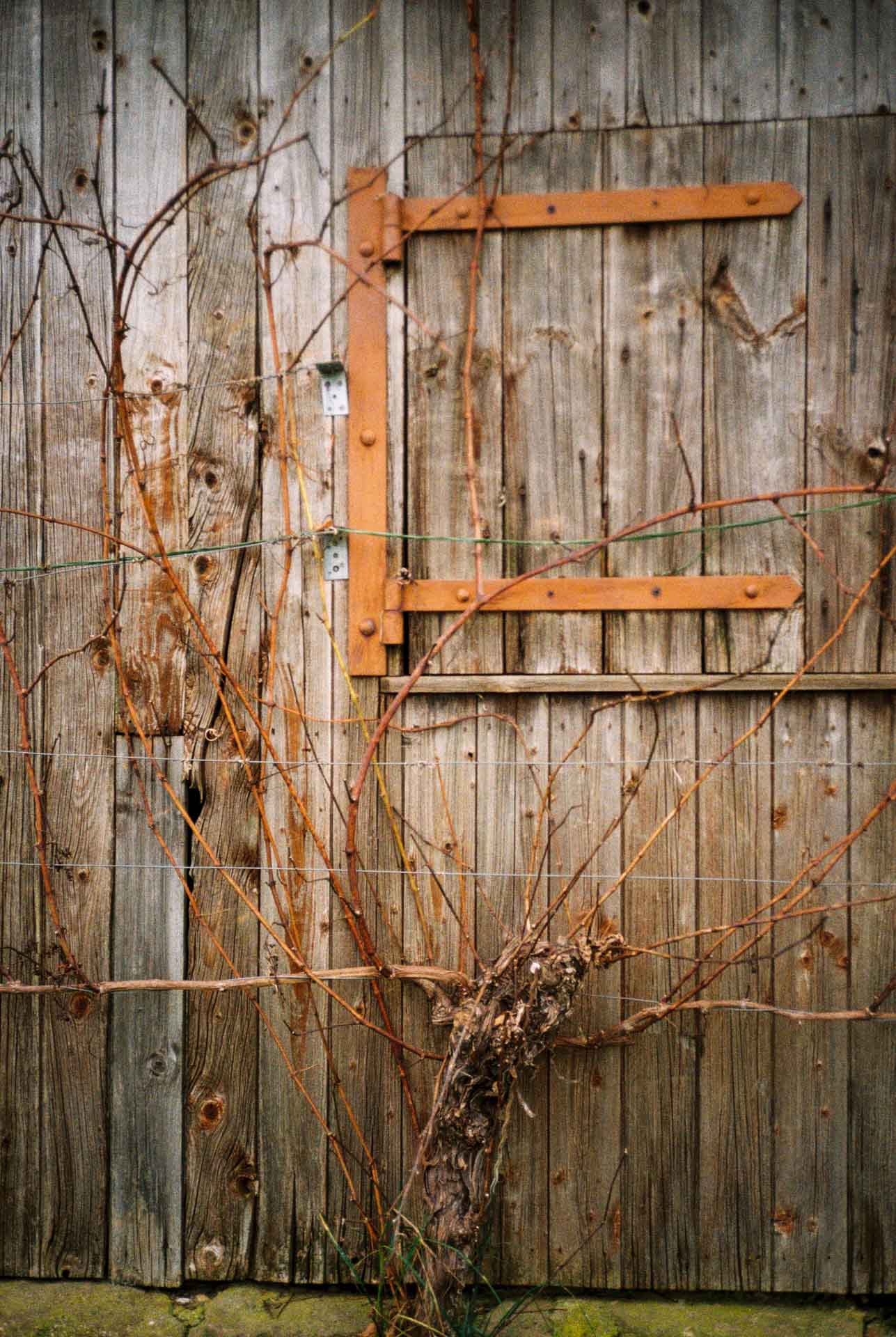
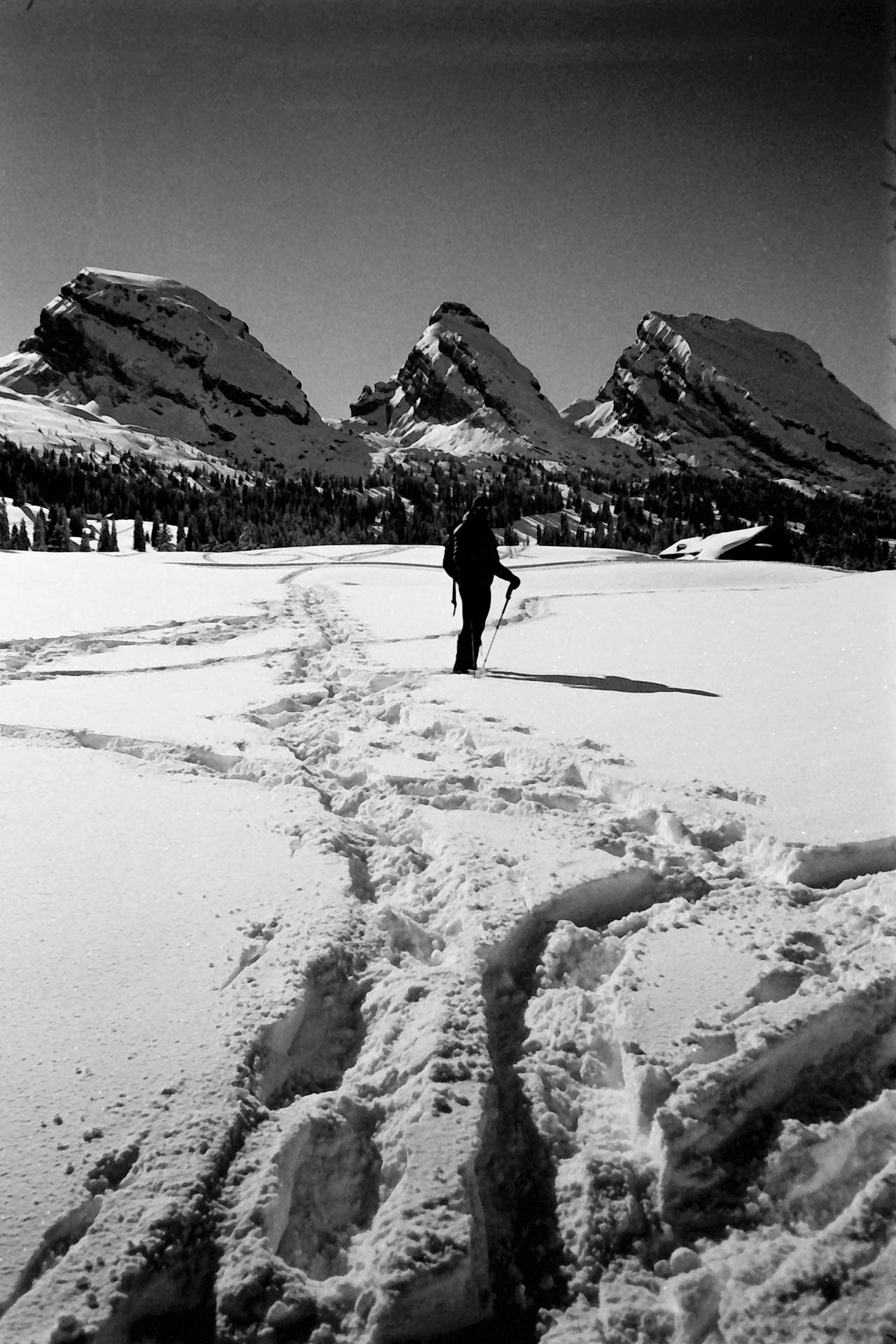
However, I seldom used full aperture. I didn’t quite trust the autofocus, and that proved to be right in some cases. This can certainly be an operating error in individual cases, but at short distances, focusing using lidar technology is obviously not quite optimal.
What works on mobile phones with their tiny sensors and super-short, massive depth-of-field focal lengths will not necessarily work perfectly in full-frame format.
The lens is sharp, the exposure is right
There is little to criticise about the exposure, although negative material is quite merciful anyway. But I have Meinfilmlab send the developed strips back to me and put them on the lightbox. This is the moment of truth — and it was all good. Another thing that the people at Mint in Hong Kong (the actual manufacturer of the Rollei 35AF, known for its excellent refurbishment of Polaroid cameras) have done well.
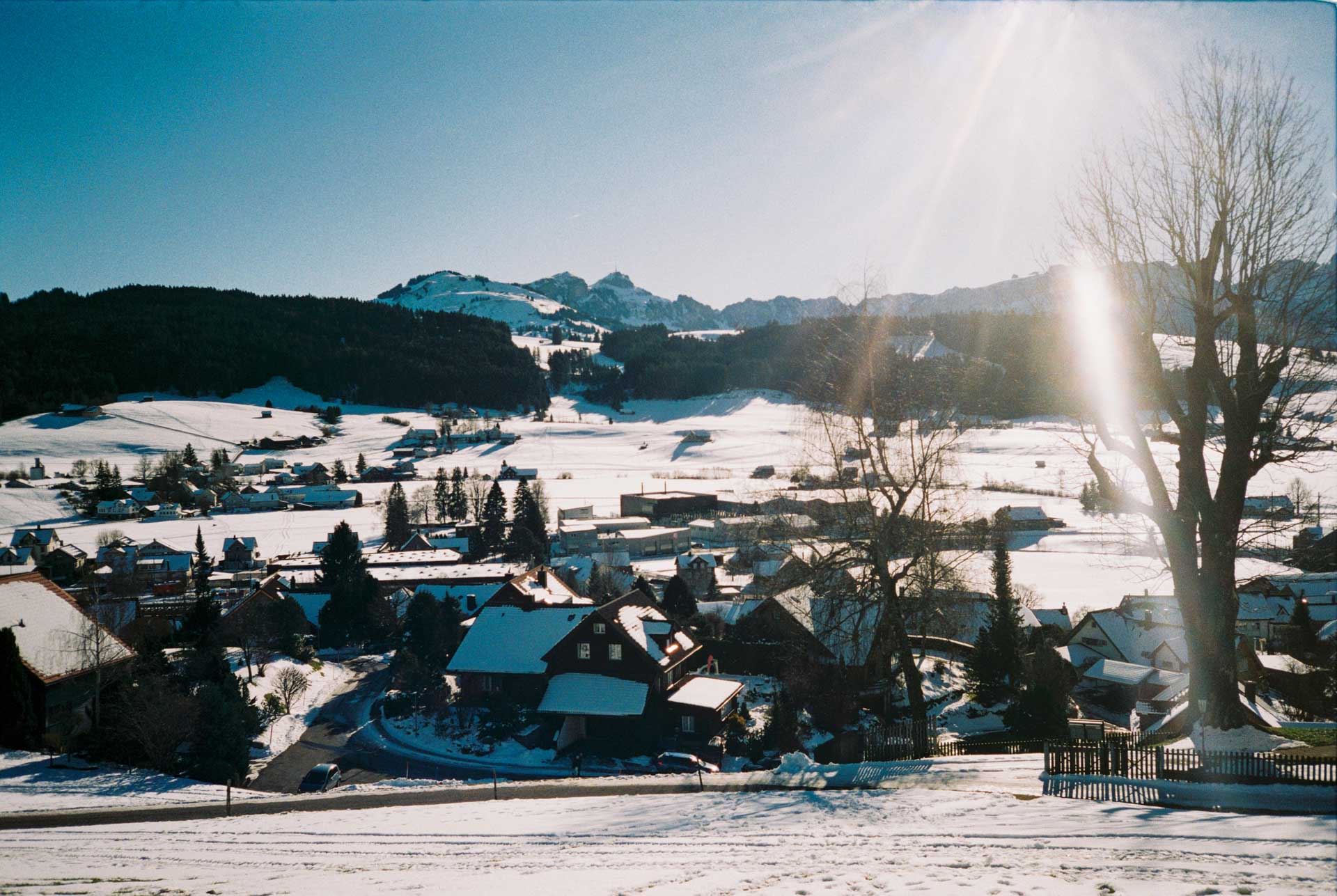
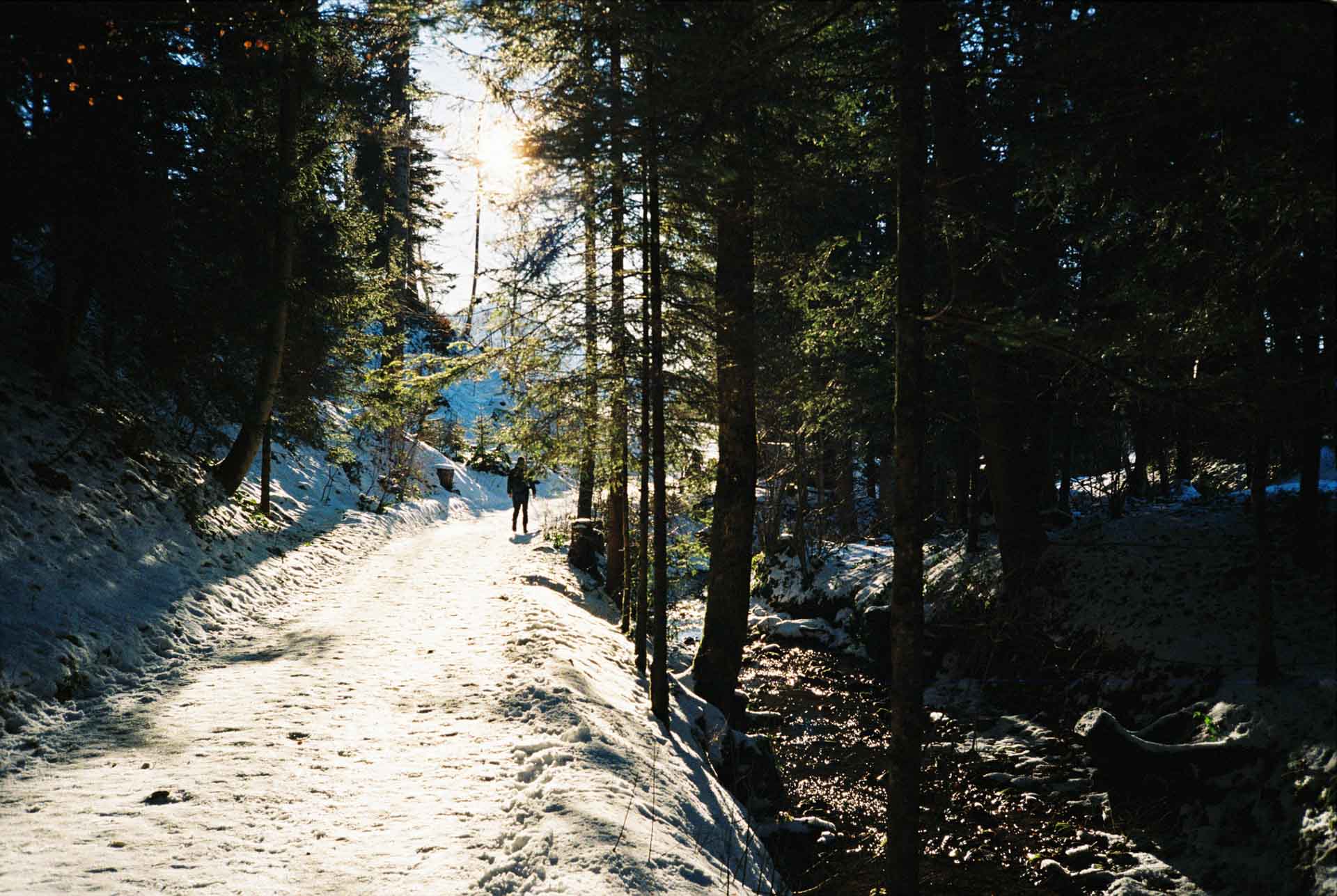
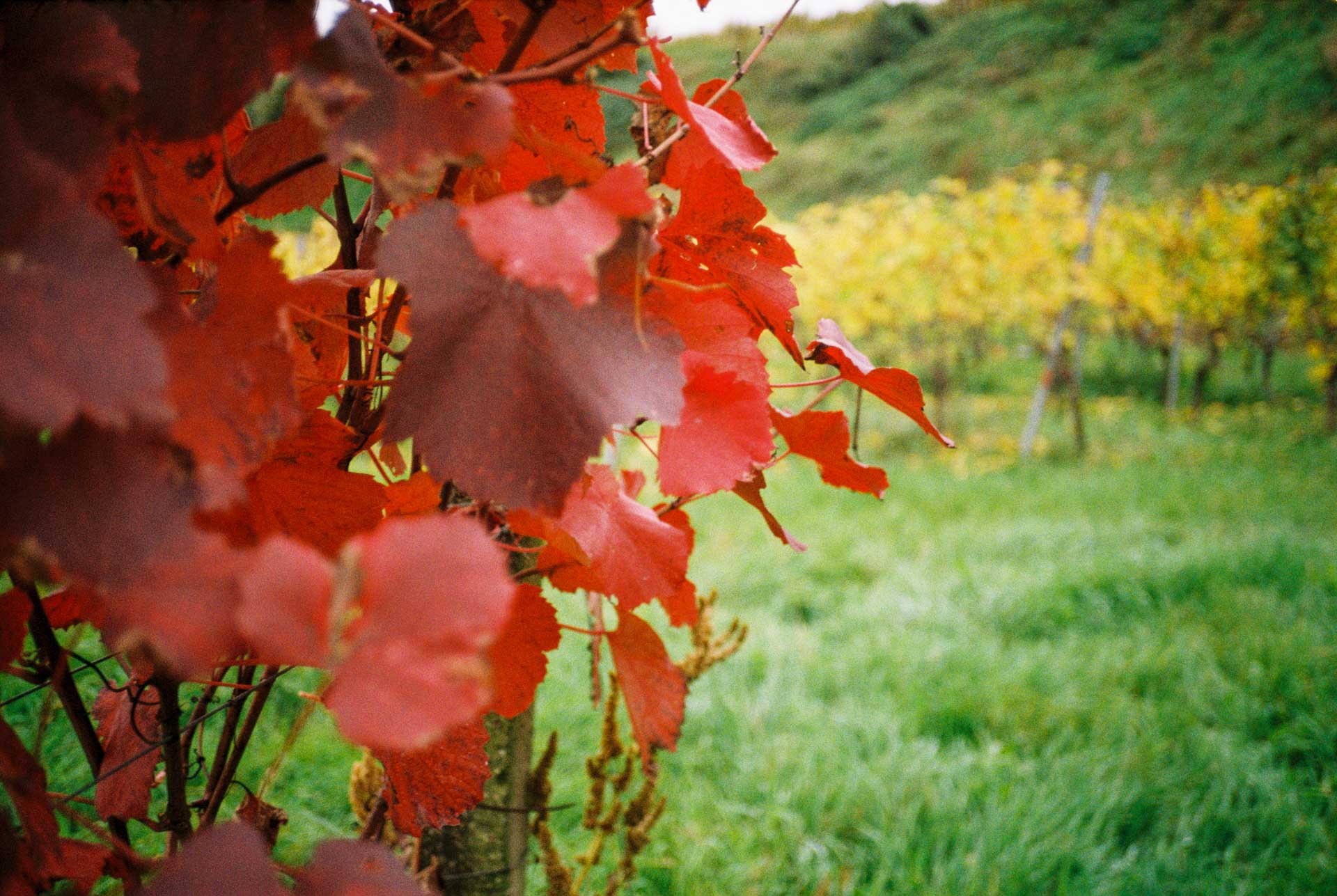
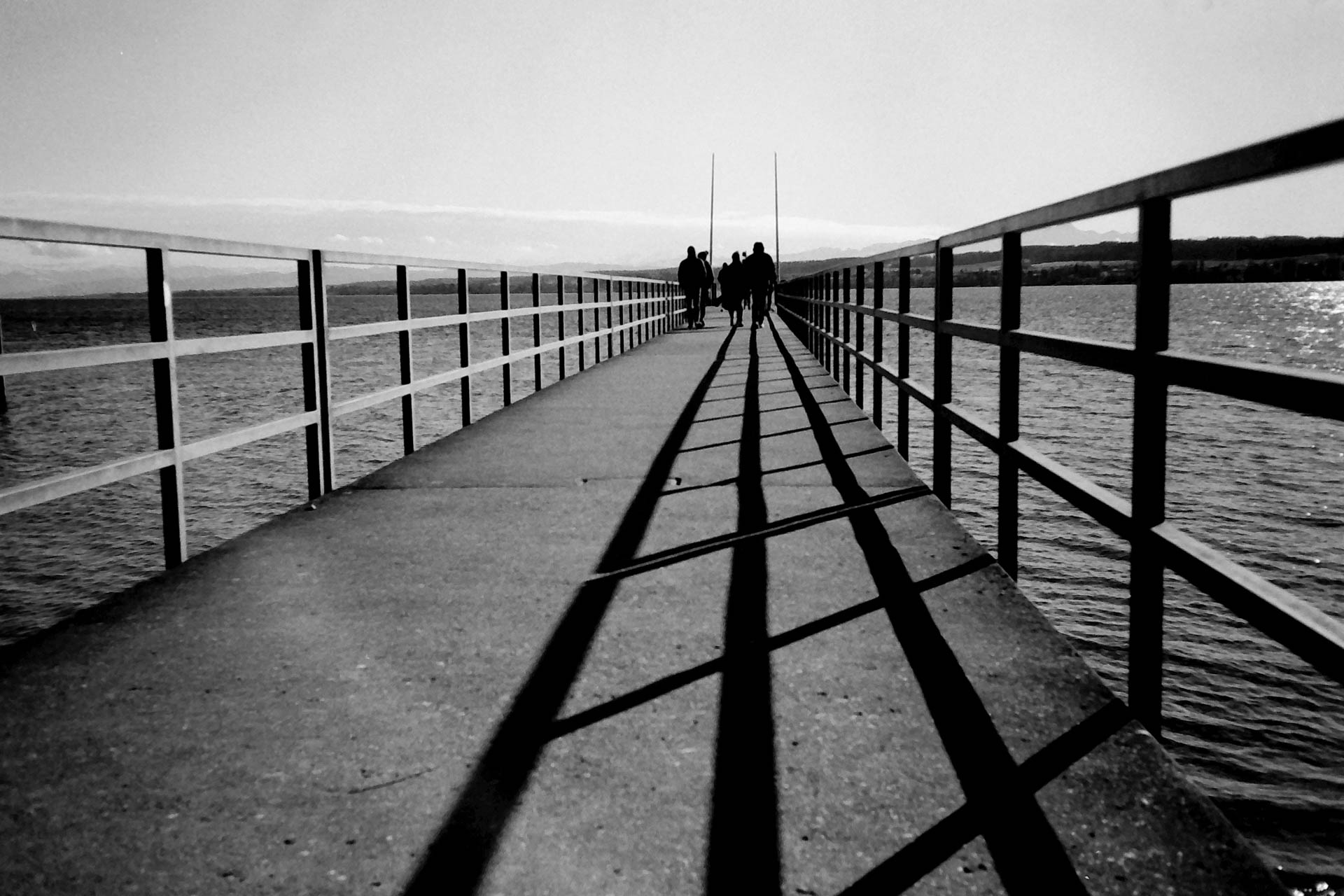
Most Rollei 35AF owners will use the automatic aperture priority mode, but they can manually set exposure times from 1 to 1/500 second using the left-hand dial. Slow shutter speeds of up to 60 seconds are also available, but these are somewhat more complicated to select.
In M mode, the mini OLED display shows the deviation in f-stops, which is a very clever solution (unfortunately, there is no over- or under-exposure display in the viewfinder). There is no automatic aperture control mode, but I don’t miss it one bit. The full technical data are here on the Rollei website.
In several cases, I had to advance the film several times until the shutter release jumped up again, and I could take the next picture. This was very strange. After switching off and on again, the problem was usually solved, but it could not really be reproduced.
The result is one or more unexposed negatives before the next picture follows. With today’s film prices, this is very annoying. However, the error occurred only with the first of the two cameras I used.
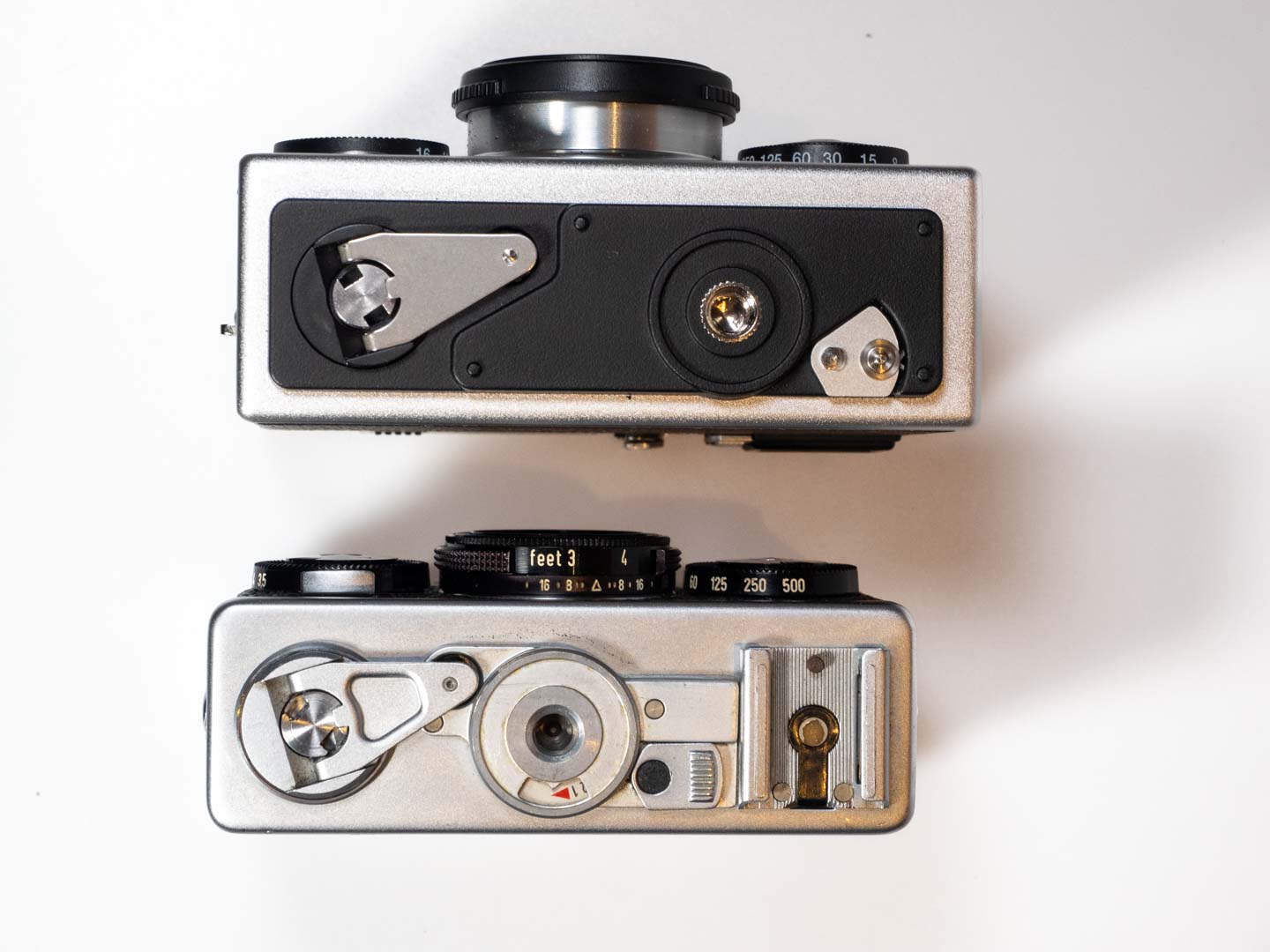
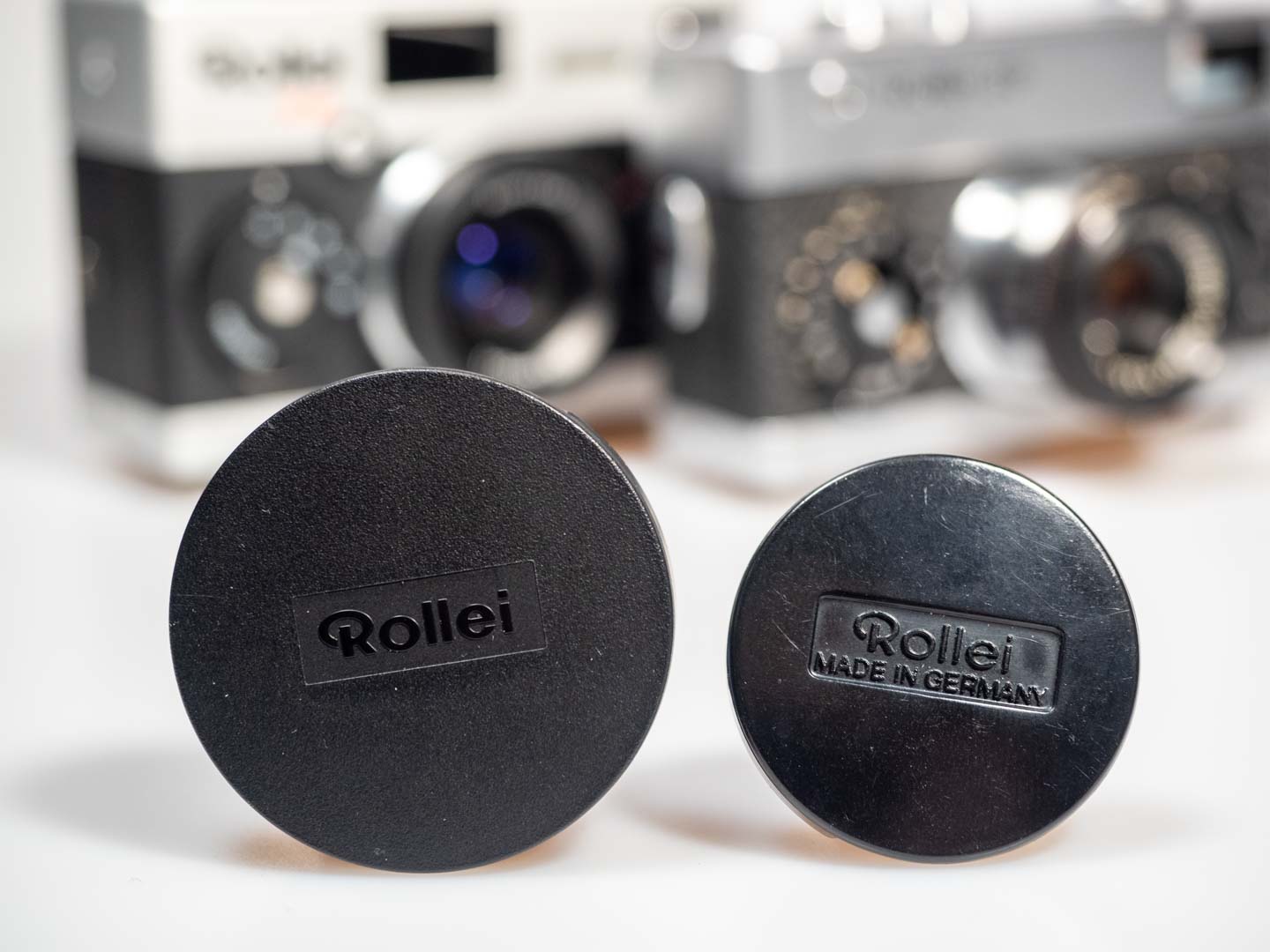
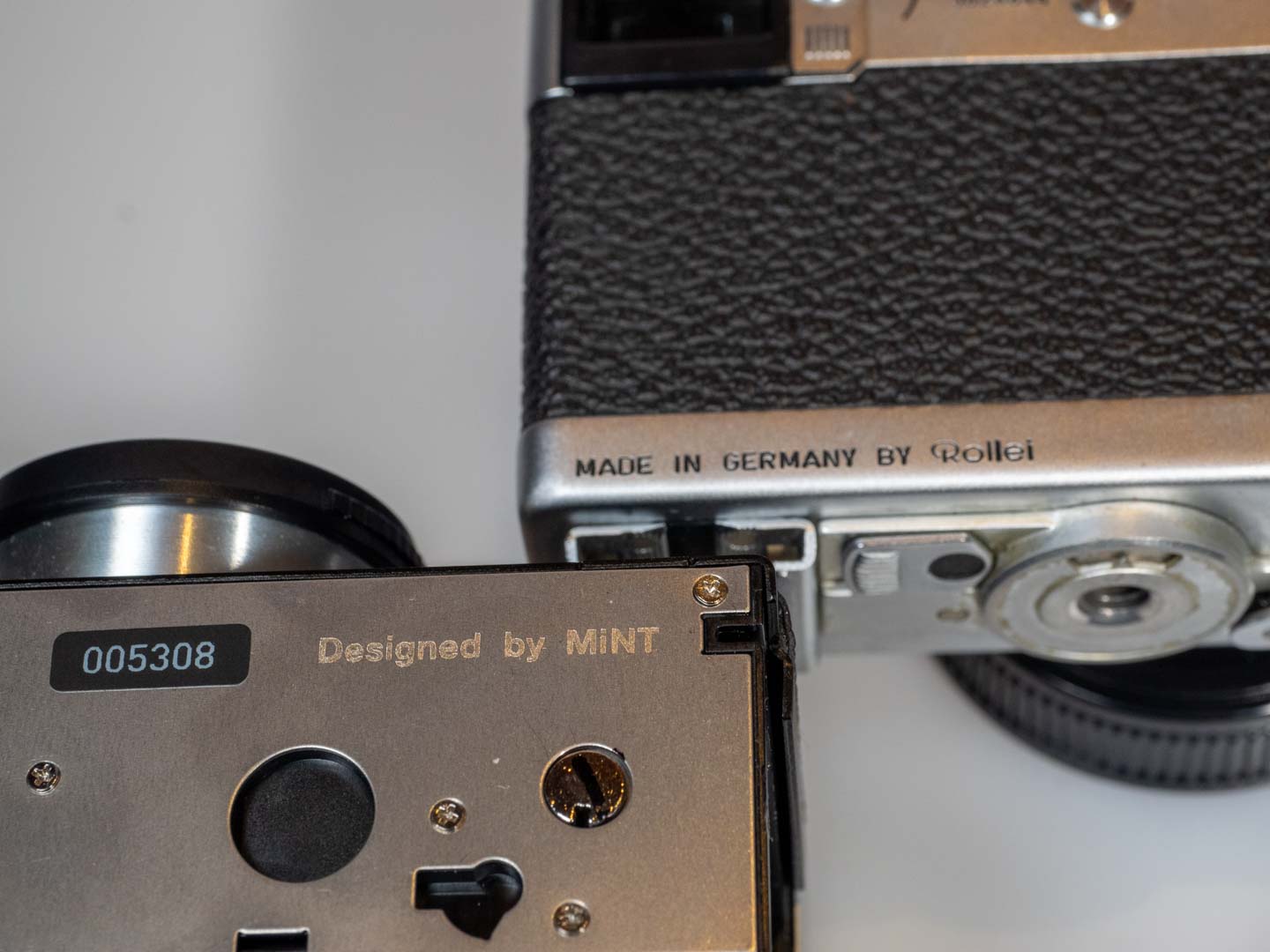
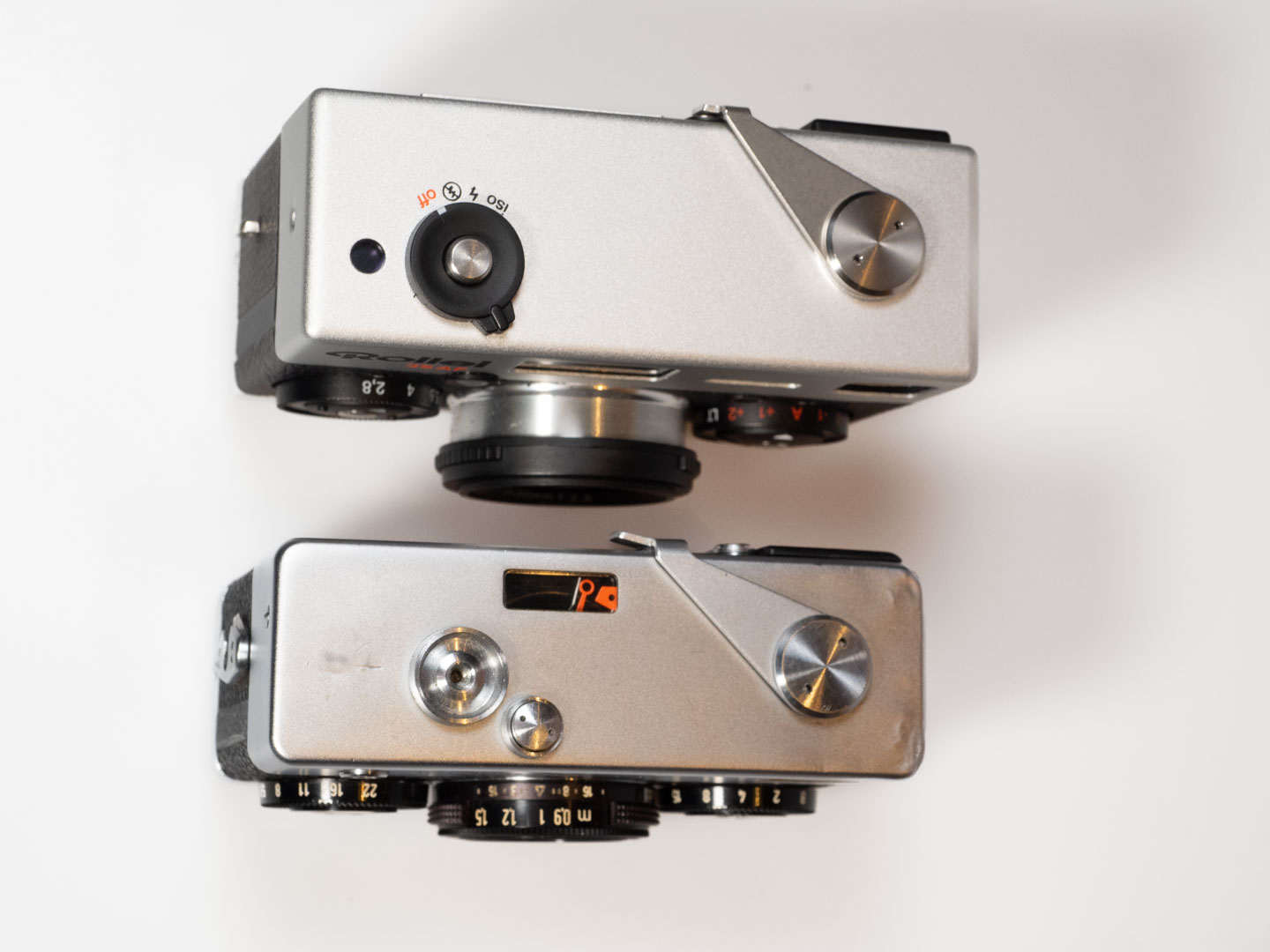
I would have loved to love the new Rollei 35AF…
So, some light and some shade. I really wanted to grow fond of the Rollei 35AF, especially as I actually have a special relationship with the historic Rollei 35 (read about it in this article). There was certainly no lack of goodwill.
But maybe you’re just very demanding if you normally expose your films with a Leica M6 or an Olympus SLR or a Yashica T4. Or an original Rollei 35, which are still available second-hand in abundance (for example here at Kamerastore in Finland, where so many analogue treasures are given a new lease of life).
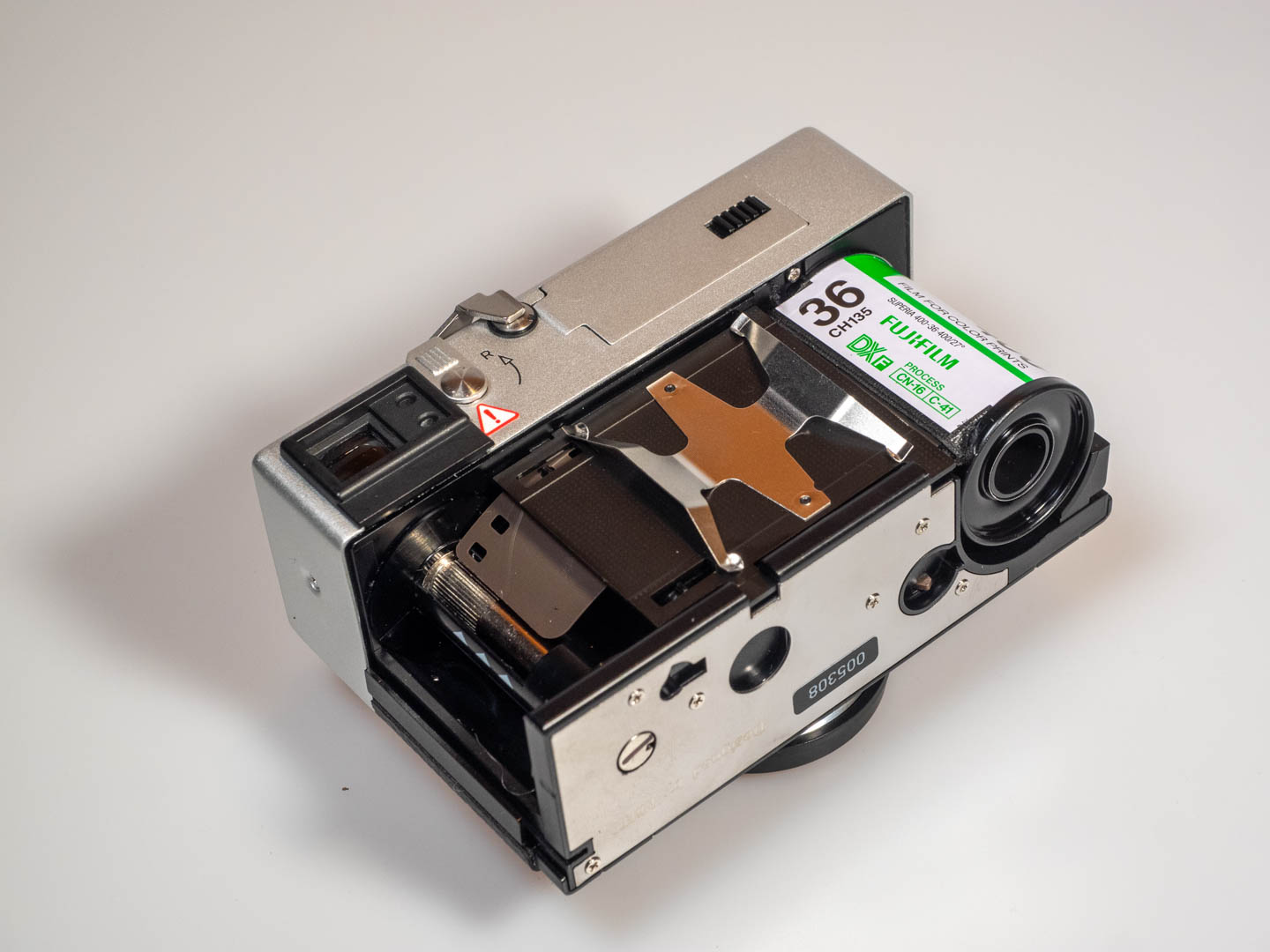
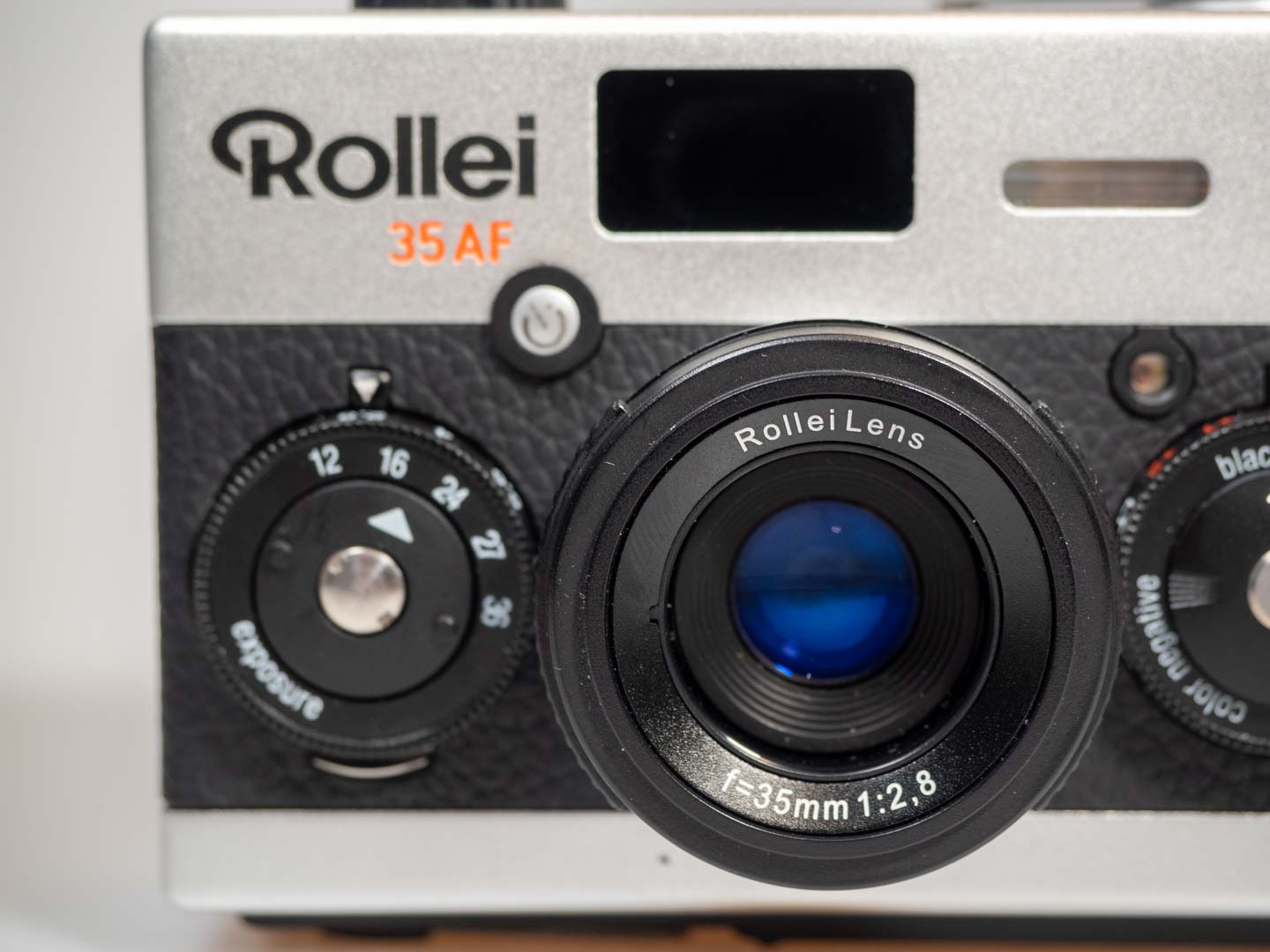
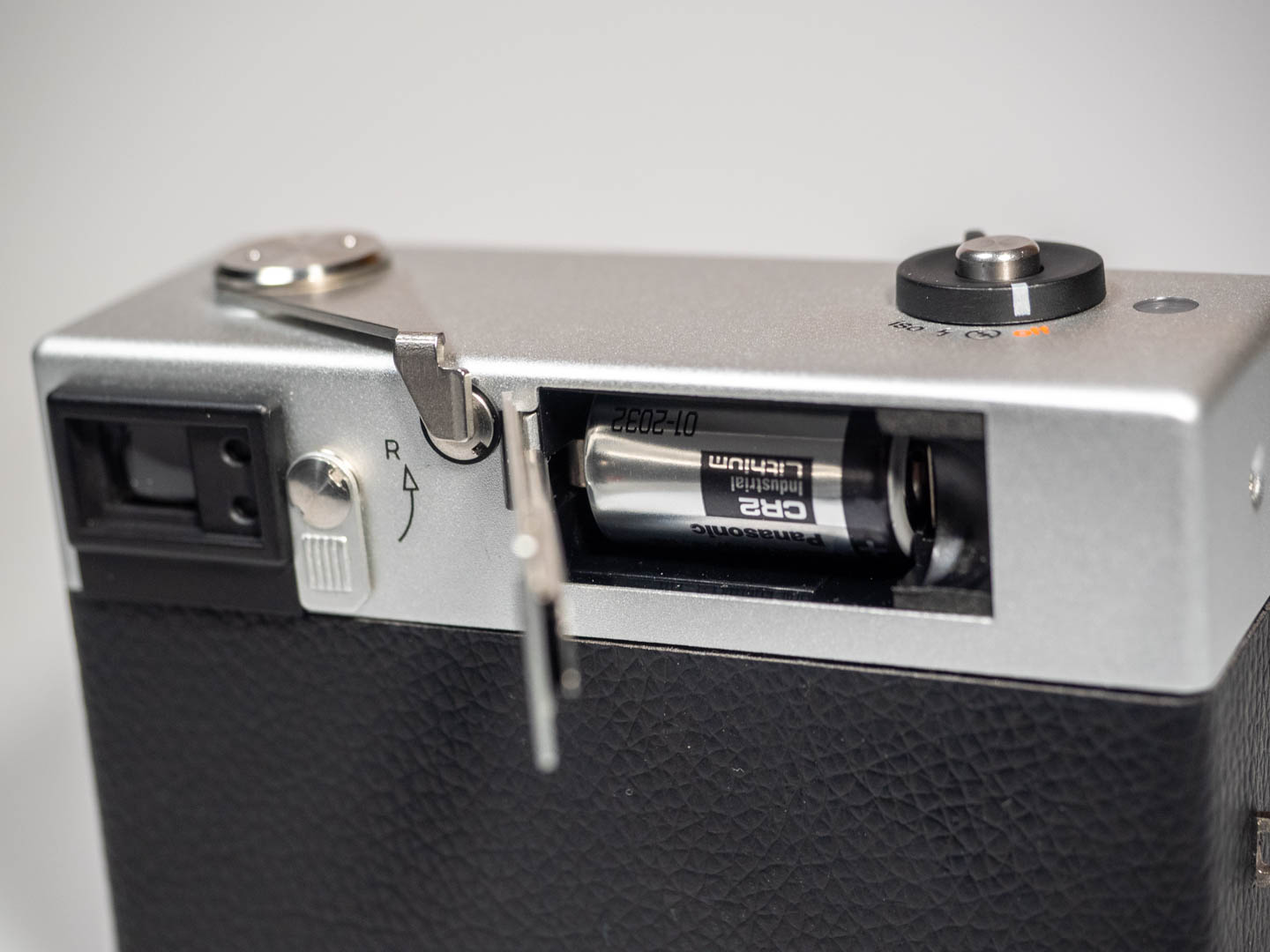
It is possible I am not alone in my reservations. After the initial hype, the demand for the new Rollei 35AF seems to have dropped. From Rollei itself, there are waiting times until June, but that could be a marketing move. The new Rollei 35AF is now readily available from several dealers.
Are we now at a time when the big analogue renaissance is already dying down again? Or at a time when newcomers to the huge second-hand market are so competent that they know how to get a complete and good SLR kit for a third of the price of the new Rollei35 AF.
In the end, we really didn’t bond
What happens next? I have had the second camera sent back with a new back/bottom part. If Rollei had asked again, I would have decided against a new replacement.
The Rollei 35AF is certainly an interesting camera. But, for me, there are too many aspects that have not been well resolved — from the mechanical workmanship to the somewhat unreliable autofocus and the lack of a filter thread. It’s a shame, but that’s just the way it is. And if it’s not love, well, maybe we’ll still be good friends.
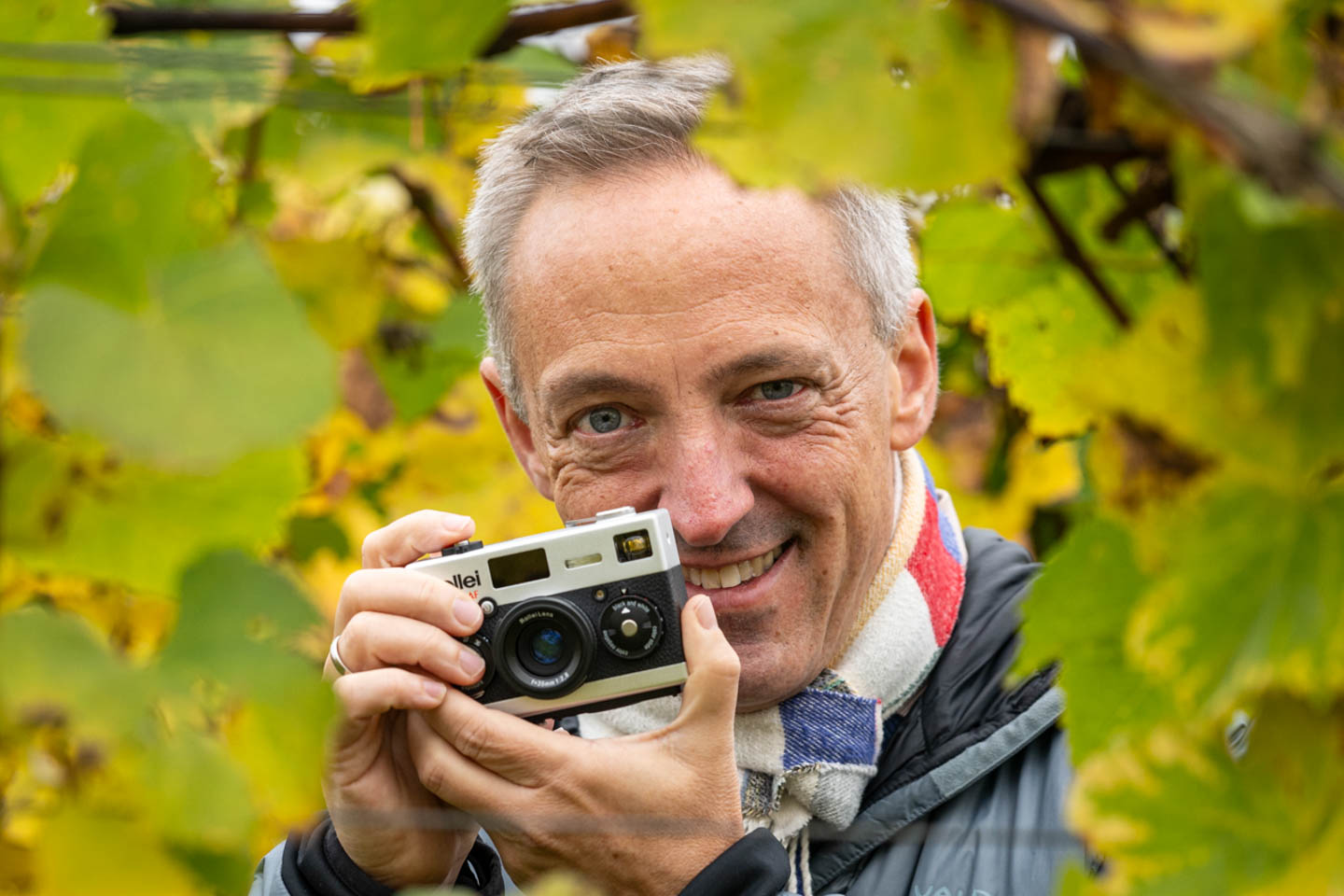
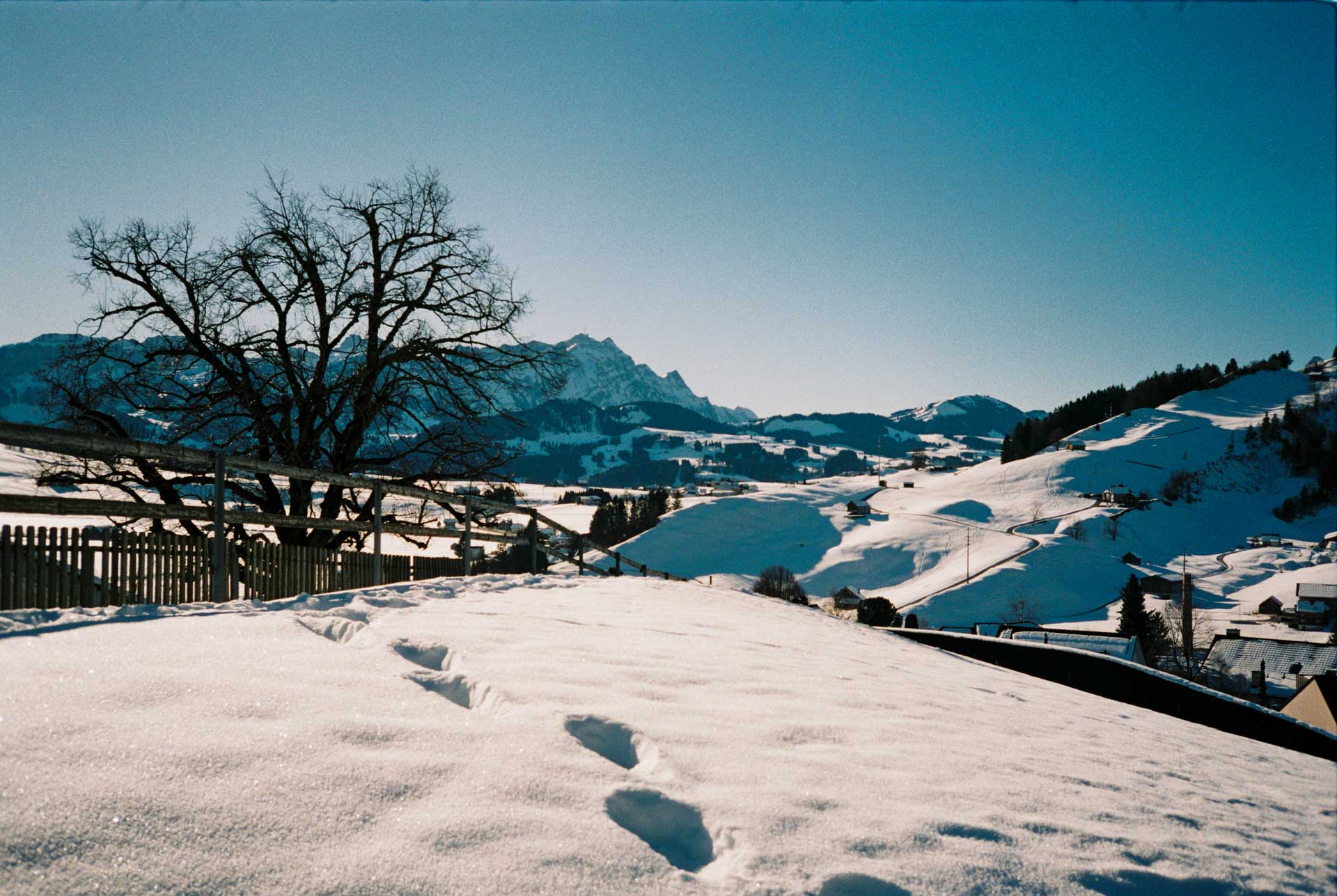
| Read more on the Rollei 35 AF | Read more on film photography |
| Vintage Rollei 35 vs. Ricoh GRIIIx | Setting up your own small film lab |
| Vintage M mount cameras in The M Files | More from Jörg-Peter Rau |
Make a donation to help with our running costs
Did you know that Macfilos is run by five photography enthusiasts based in the UK, USA and Europe? We cover all the substantial costs of running the site, and we do not carry advertising because it spoils readers’ enjoyment. Every amount, however small, will be appreciated, and we will write to acknowledge your generosity.

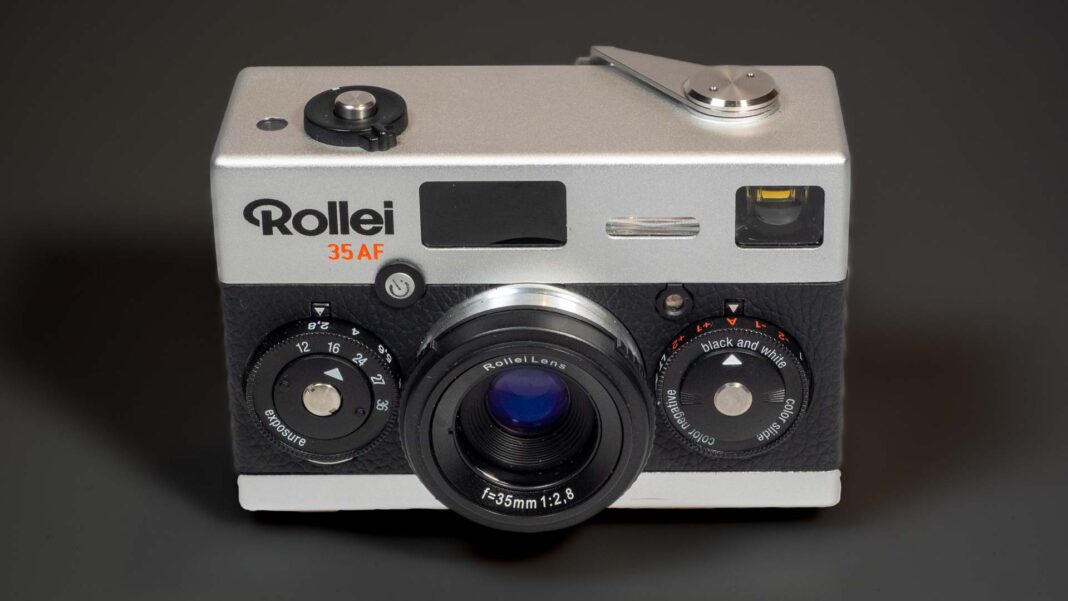
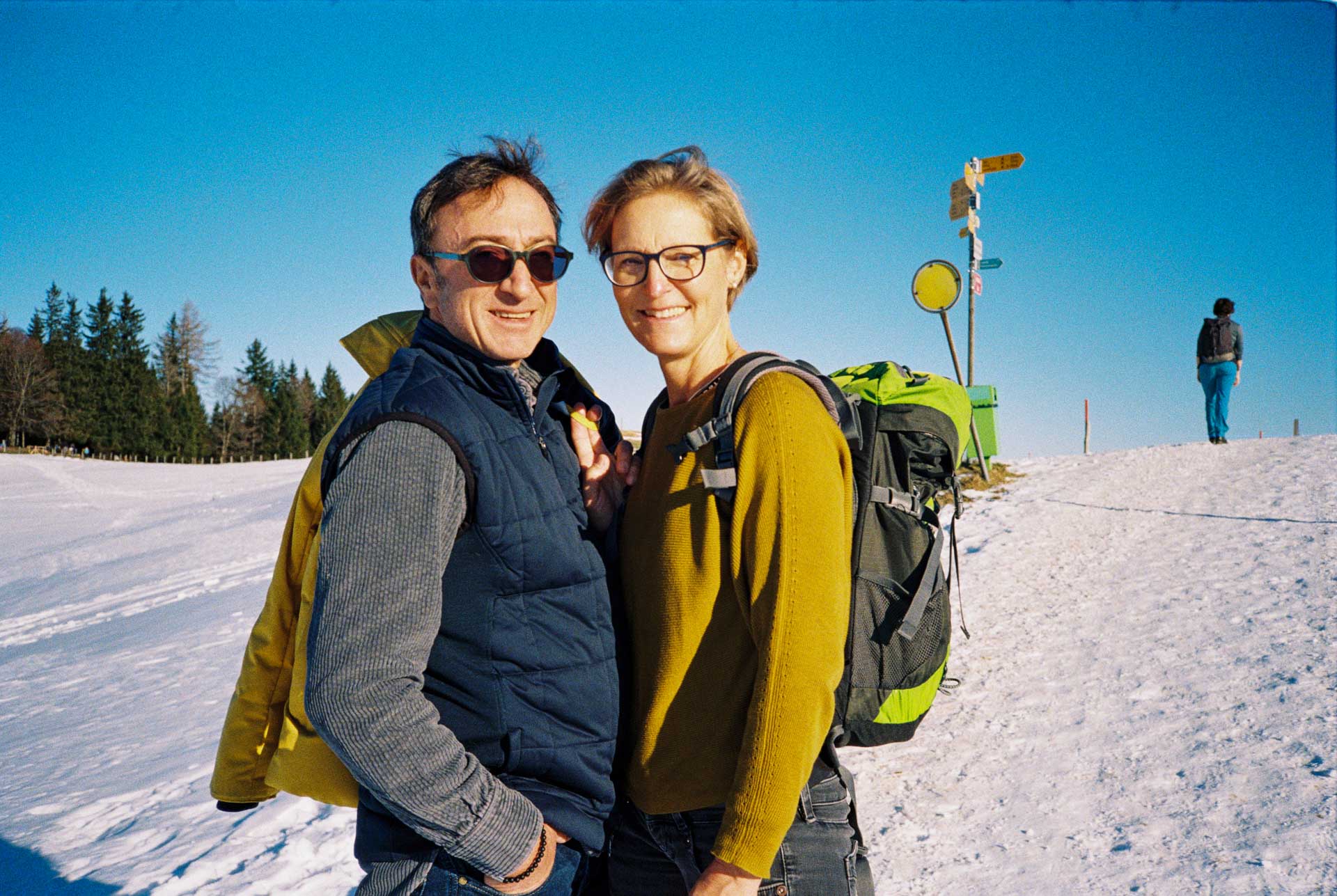
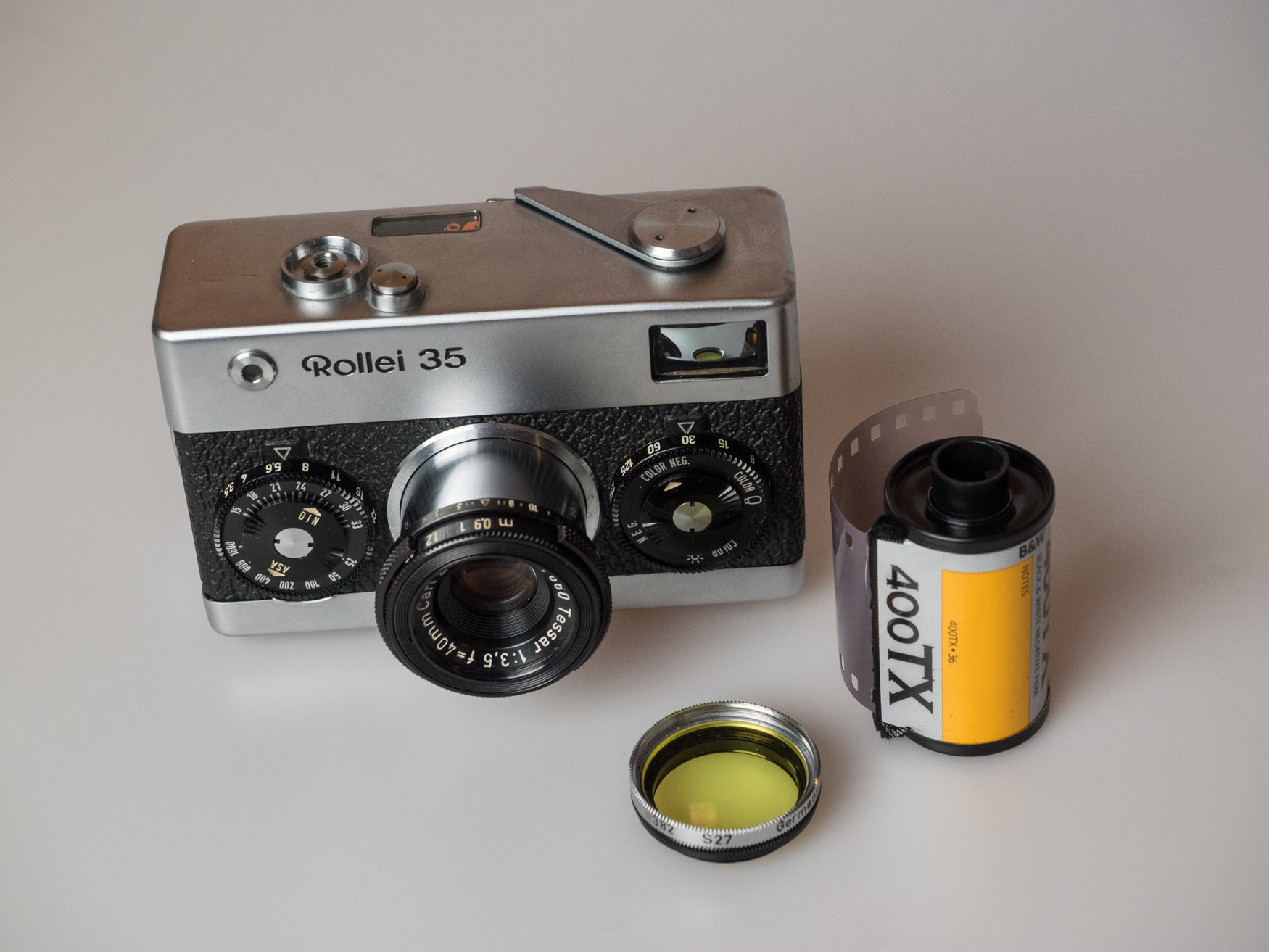
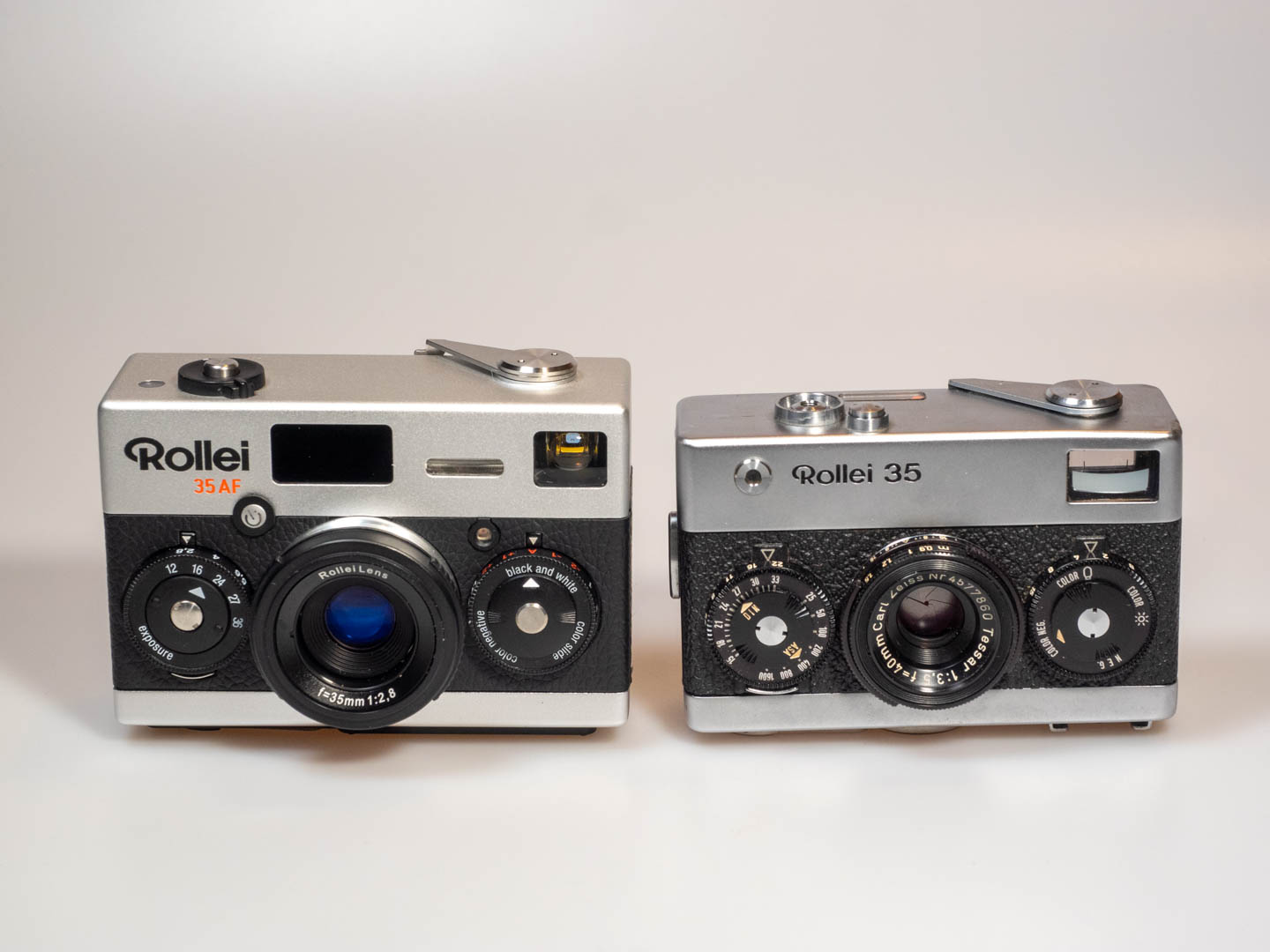
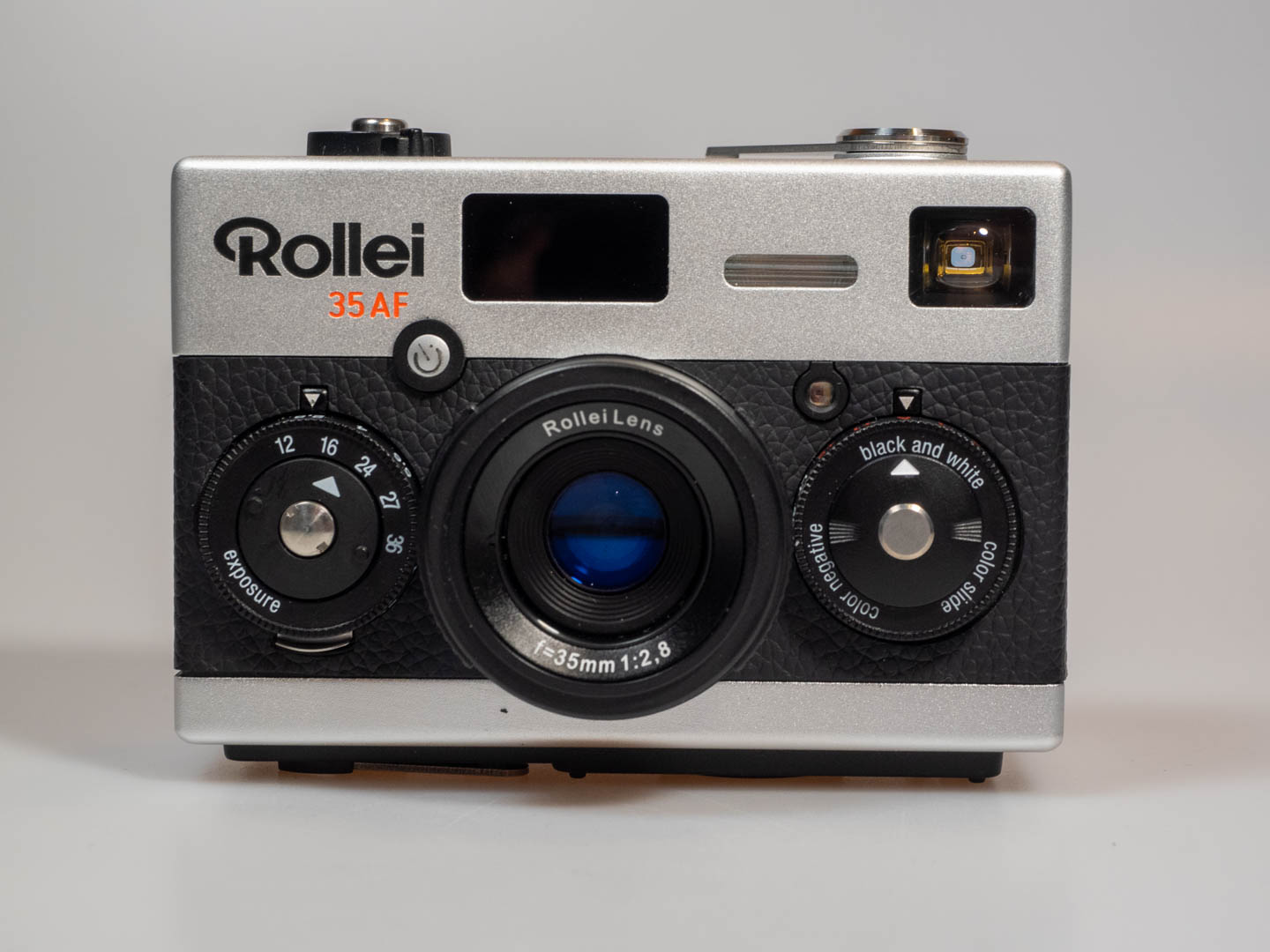
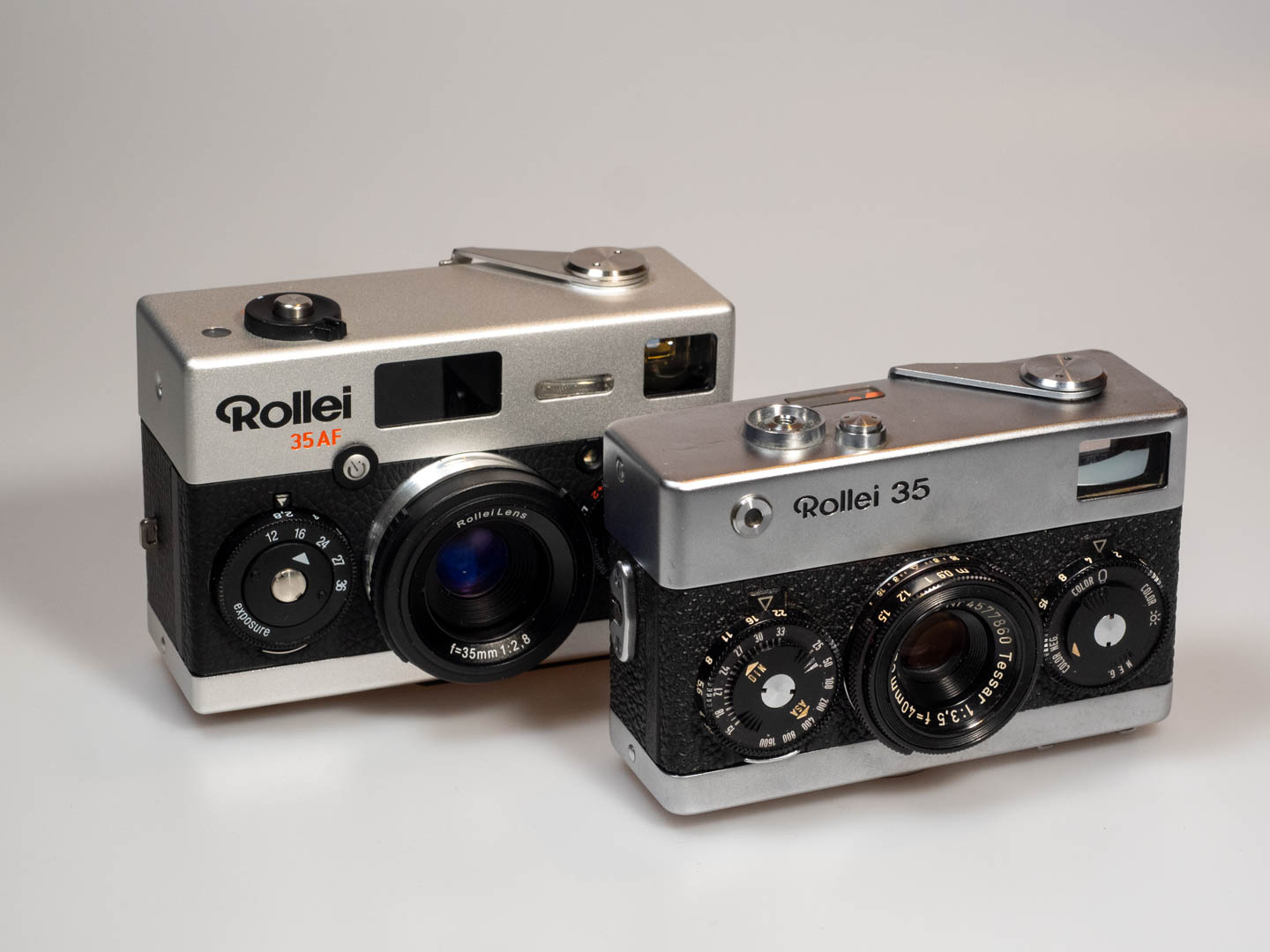
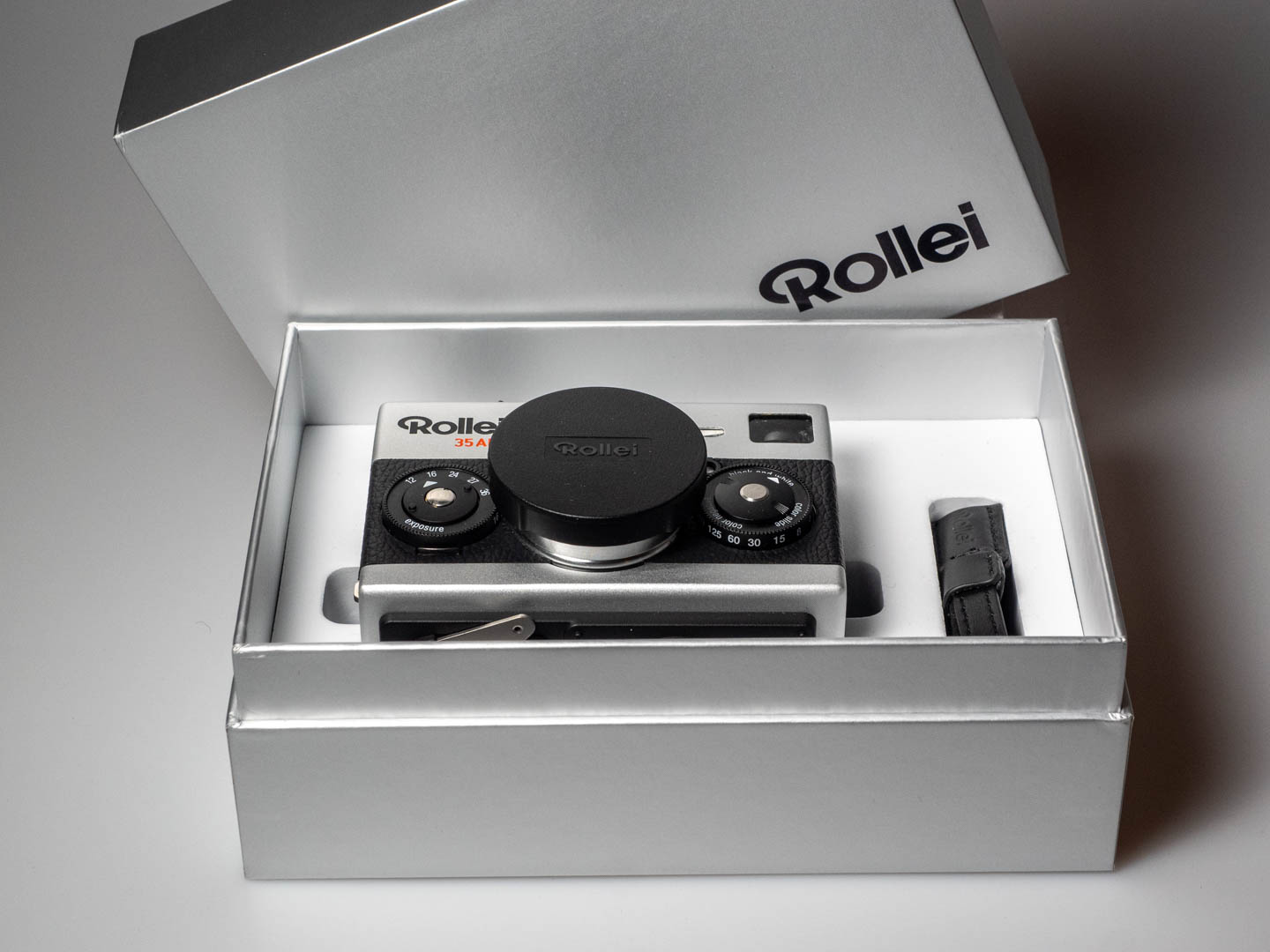
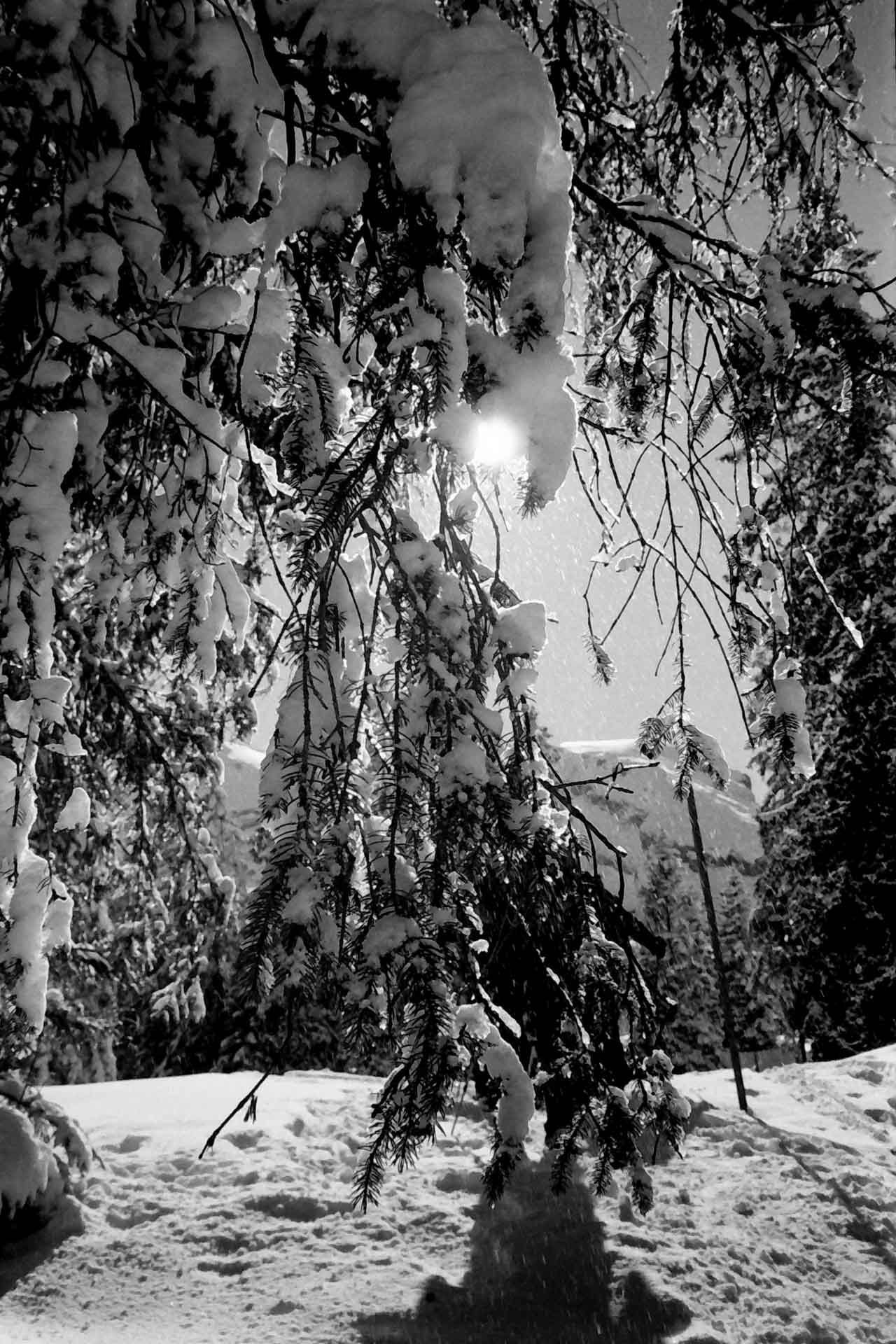
Joerg-Peter,
thank you for all of those descriptive pictures of the camera and the one when using the camera.
They all came out very well and are excellently sharp and with fine contrast too.
I will opt for the new camera for sure.
My late father used the Rollei 35 “in greater numbers”…
When skiing, he used to leave the lens pulled out for fast shooting.
When falling or on the lift, he damaged the lens and it remained in this position forever; if not broke…
And 40mm are not coming with the necessary depth of field of the 35mm of the new Rollei 35.
We counted larger numbers of out of focus pictures back then..
To me, “zone focussing” is guessing with good hope..
The technical issues those early examples had will be fixed soon.
I am sure I will have fun with this new camera…
Looking for more news on this new Rollei…
Harry from Austria
Thanks, Harry, and I wish you lots of fun with the new camera. The lens is very good, so the probably most important box is ticked! And maybe you want to give a historical Rollei 35 a go as well at some point. These were marvellous cameras. All the best, Jörg-Peter
Hi Joerg-Peter,
Thanks for your detailed report. I was subscribed to the newsletter, and as I read the news it built a picture that made me wonder: Why?
Why autofocus? Because scale focus is too difficult nowadays? Why not the original?
Well, I have three originals and enjoy using them on travel, all fitting in a relatively small bag, loaded with different film types.
All three combined at the price of one new 35. All CLAed by the careful hands of Werner Bruer.
Enjoyable!
But of course I wish all owners of the new 35 lots of fun with it.
Erik
Dear Erik, the why questions are spot on. However, zone focussing is not so easy if you strive for ultimate sharpness. This was no issue when you got your postcard sized prints back from the lab. Now, with high resolution scans and pixel peeping on the computer screen, many photographers have other needs for sharpness. At any rate, it is great to read that you are still using your Rollei 35s. They deserve it. Such a beautiful little camera… And others may say that about the new model. How good that there is a camera for every taste and need. All the best, Jörg-Peter